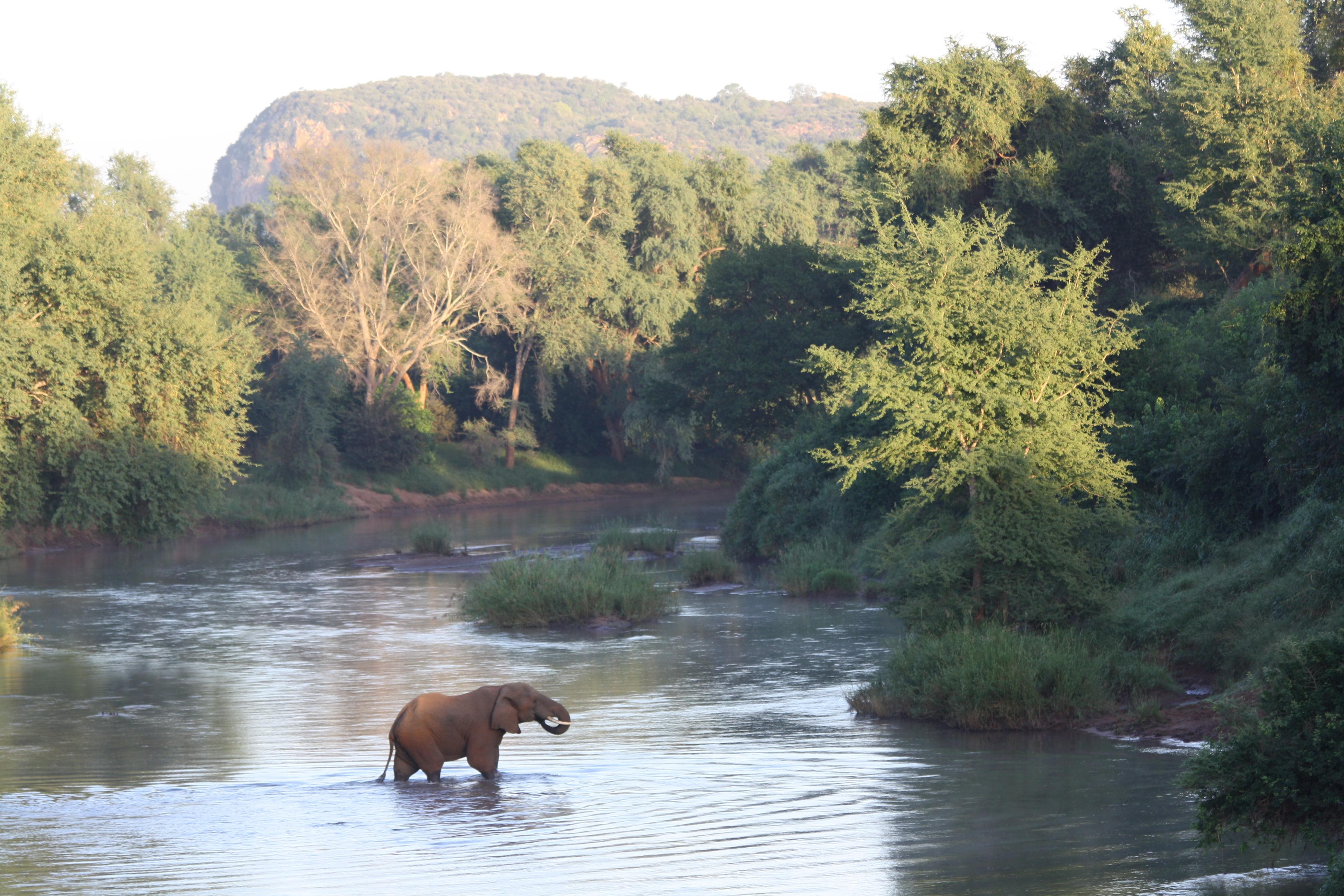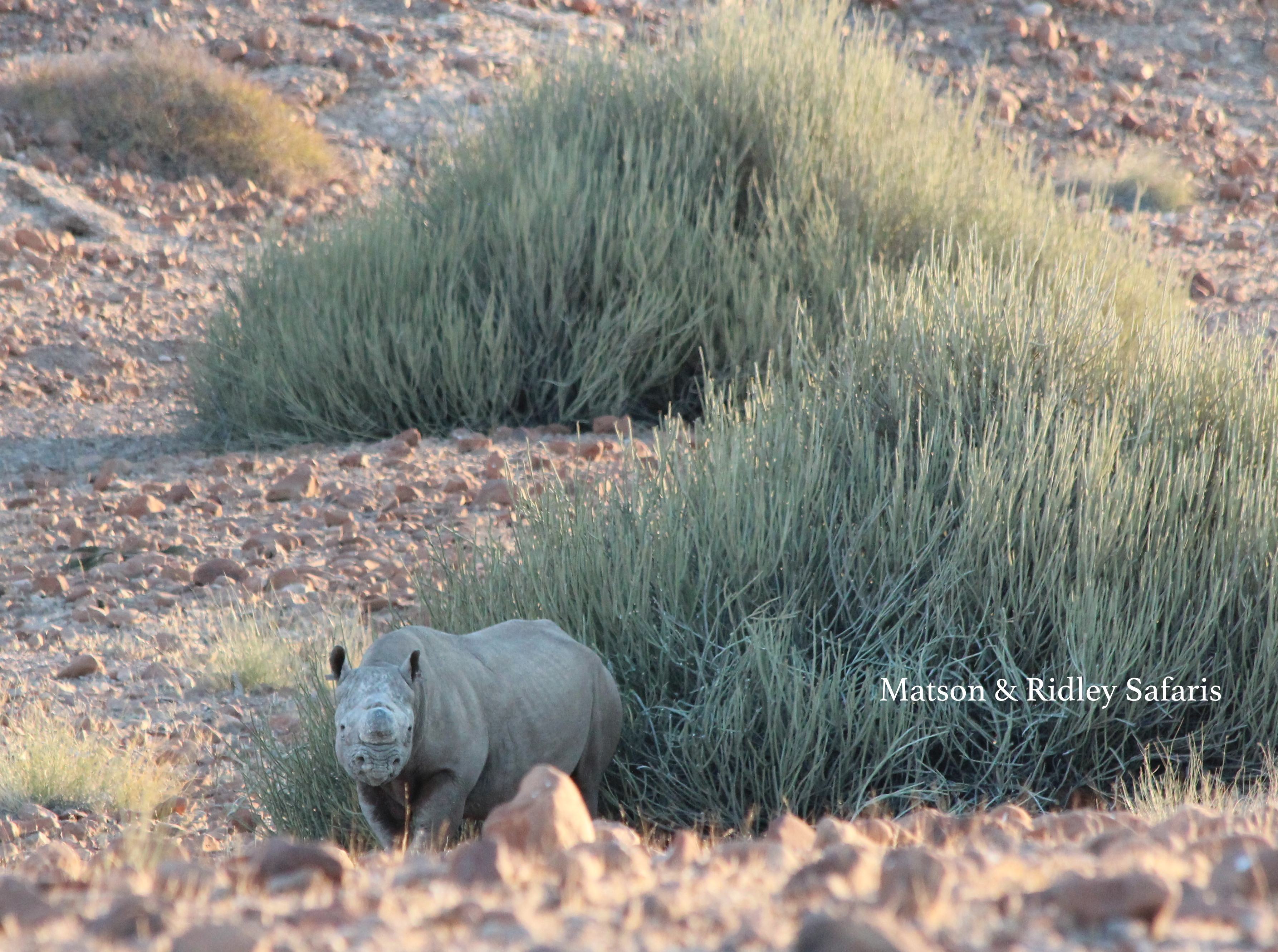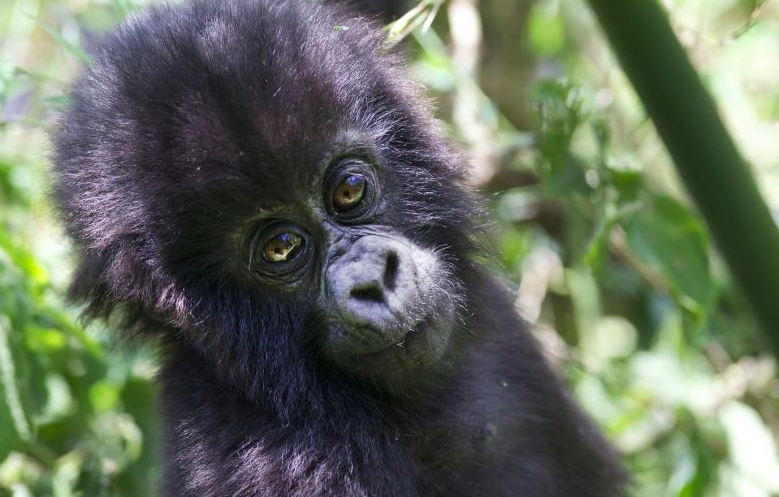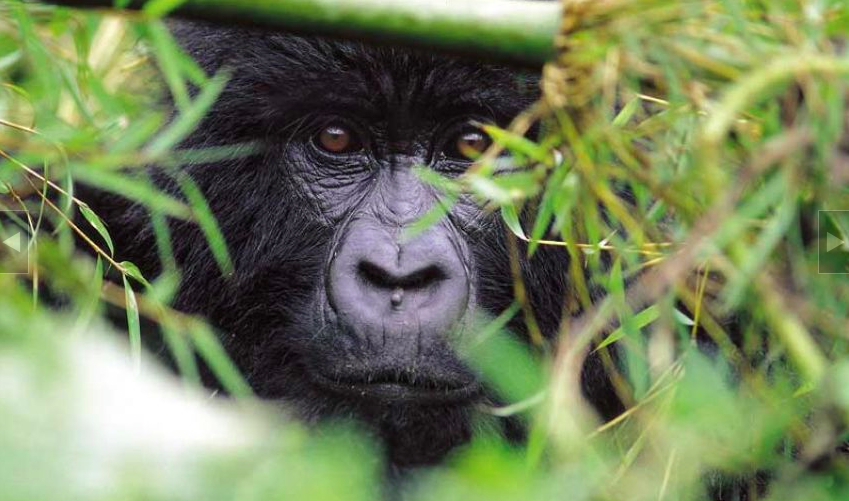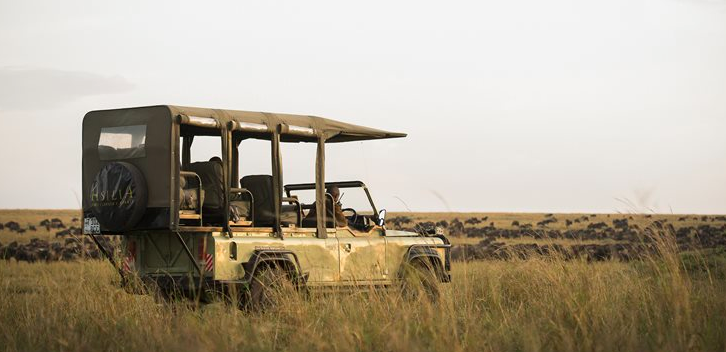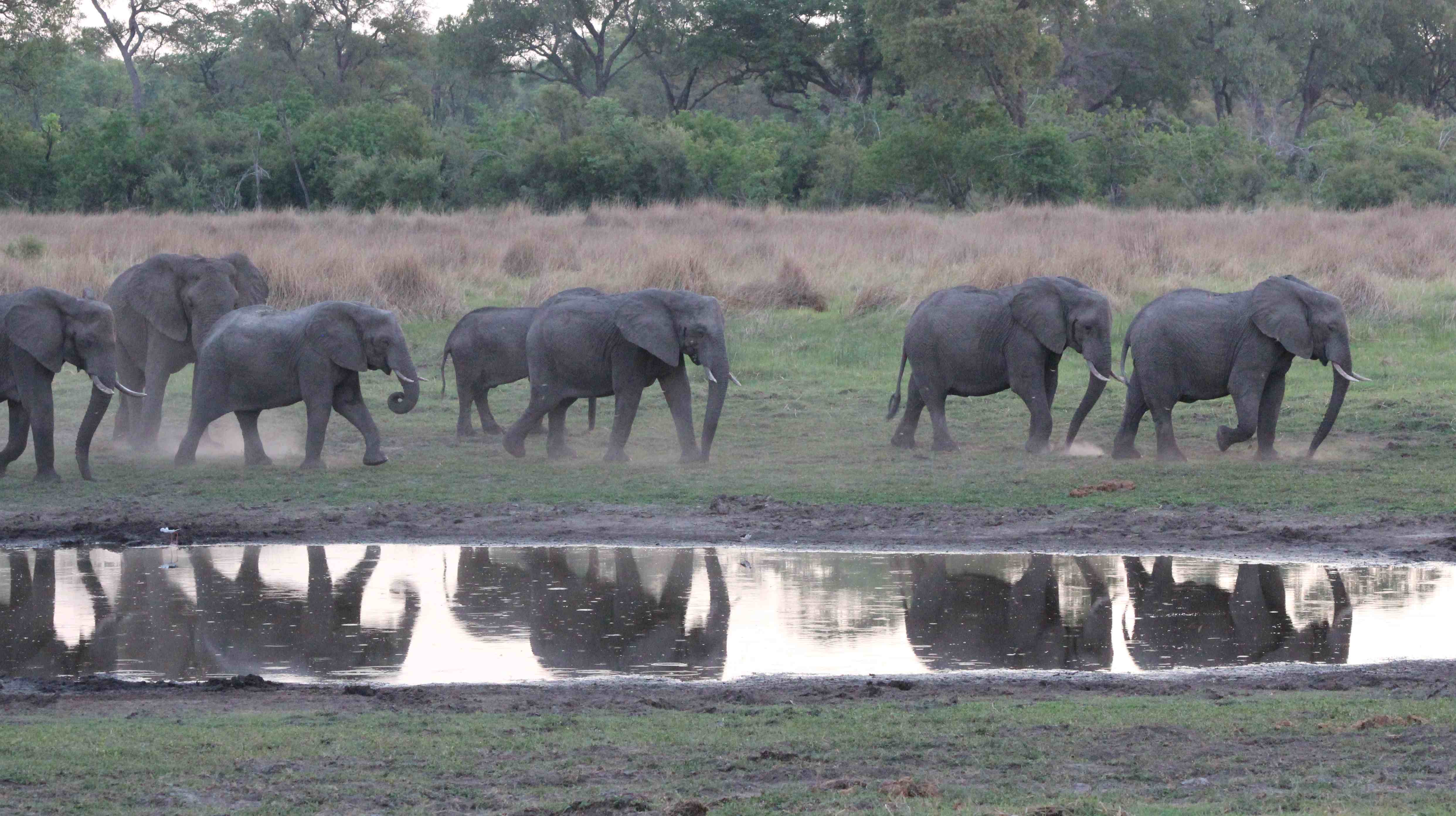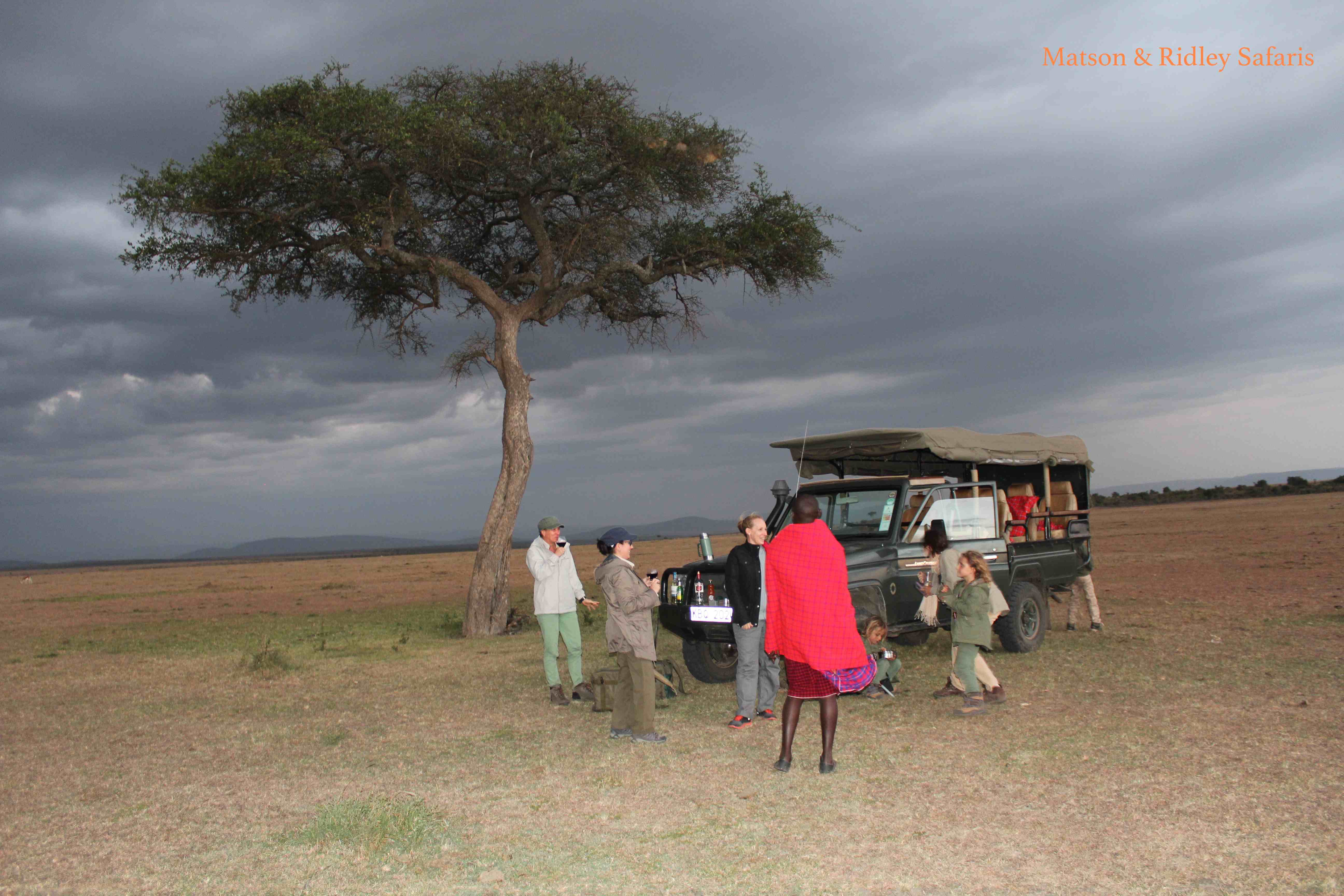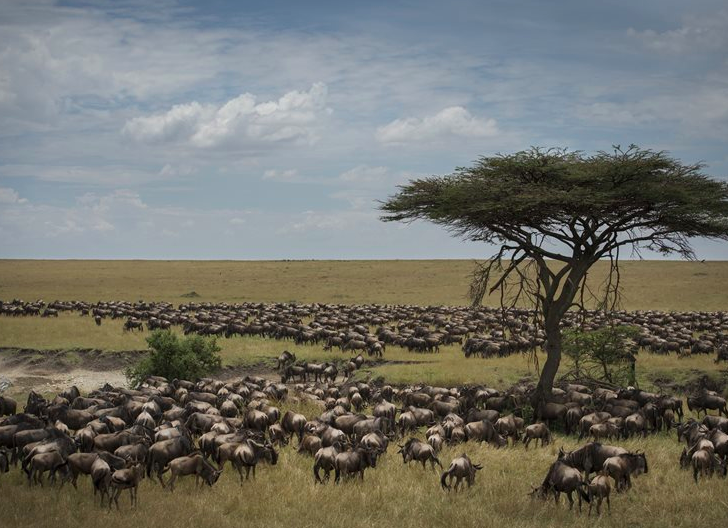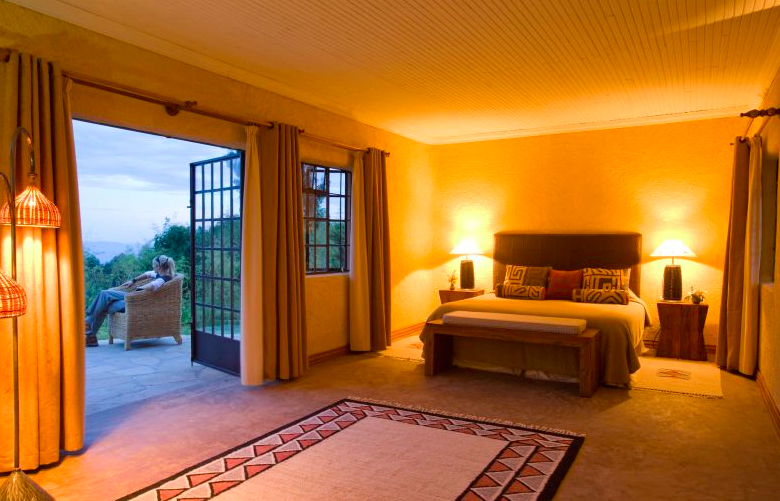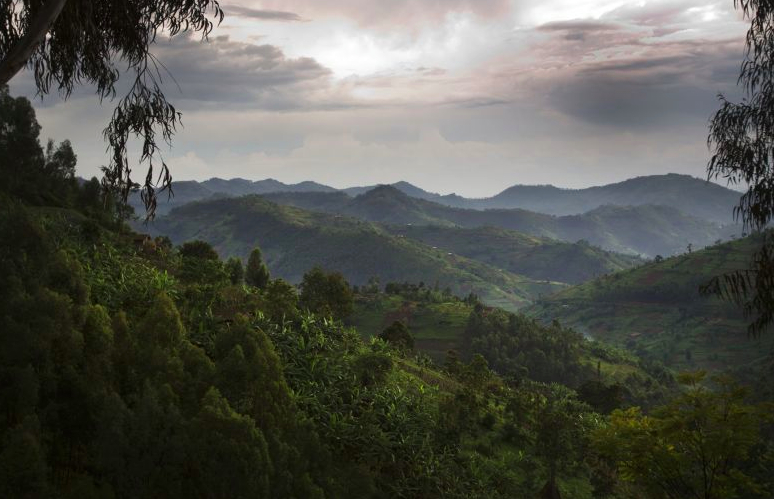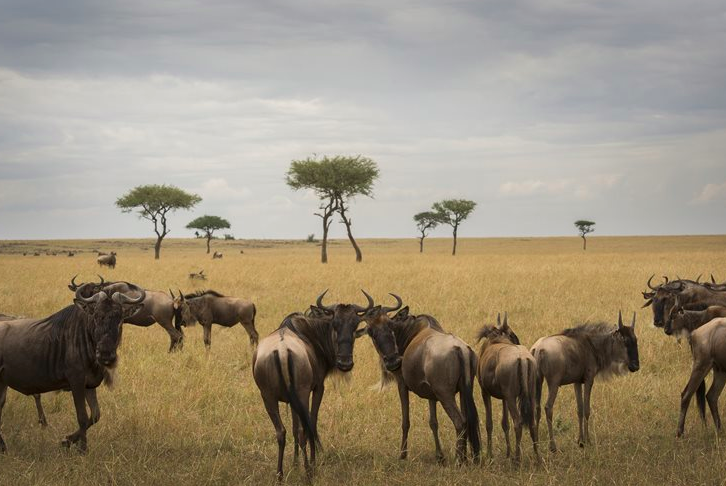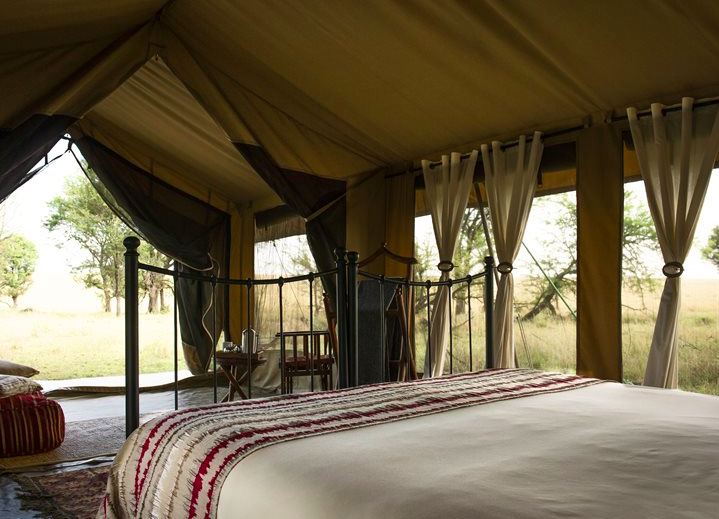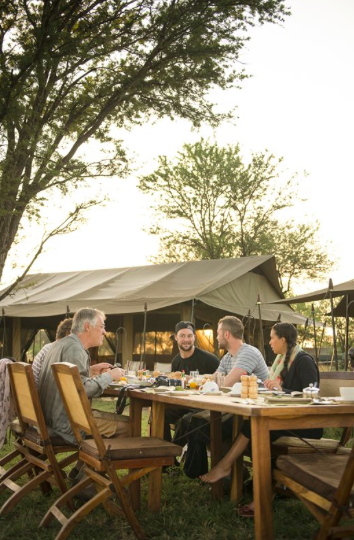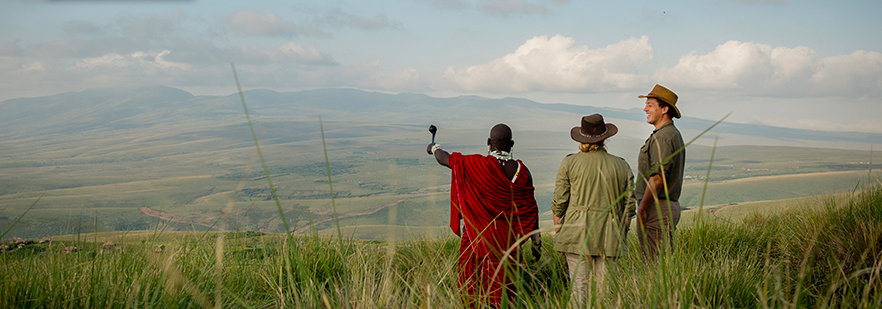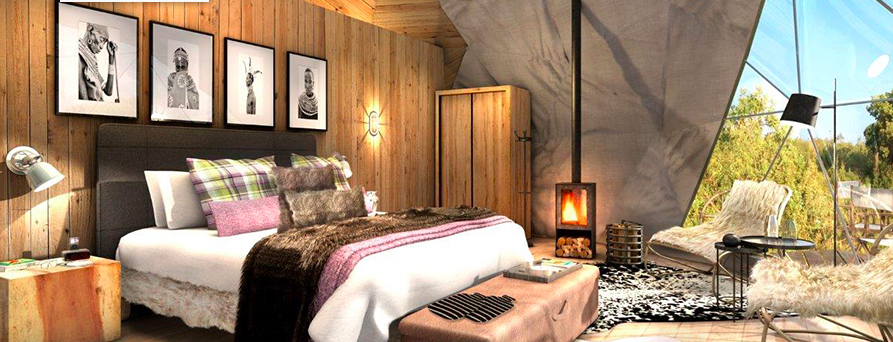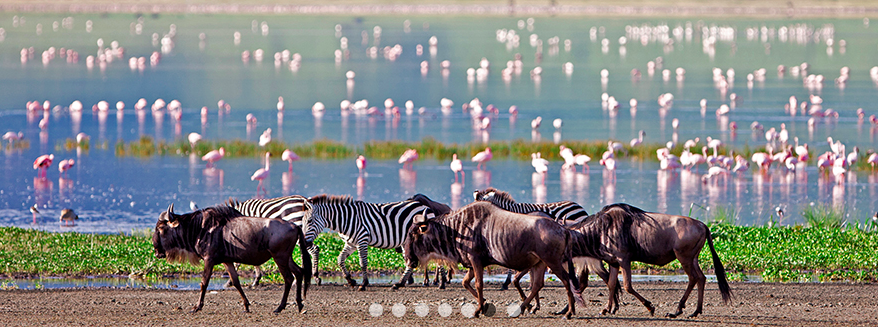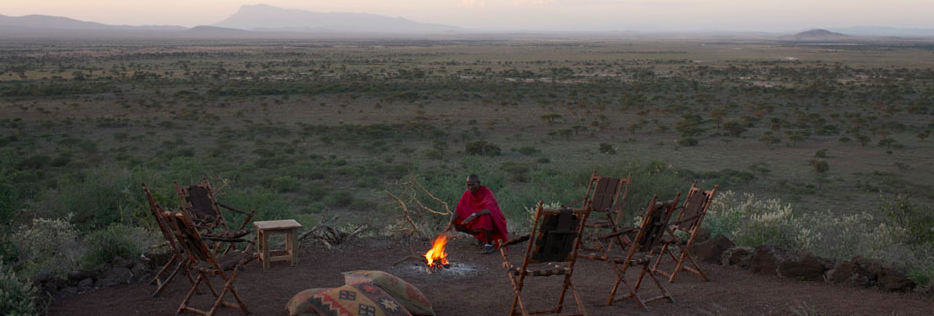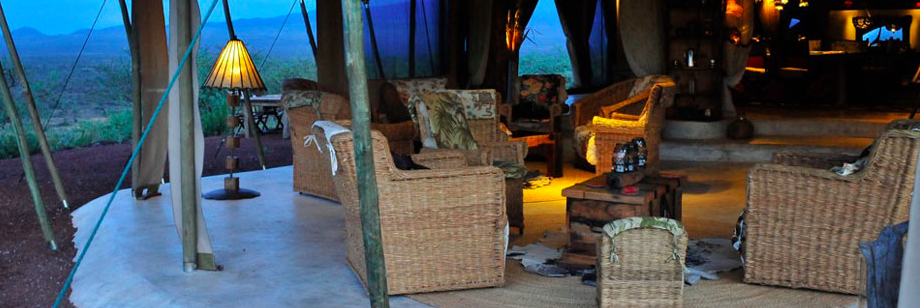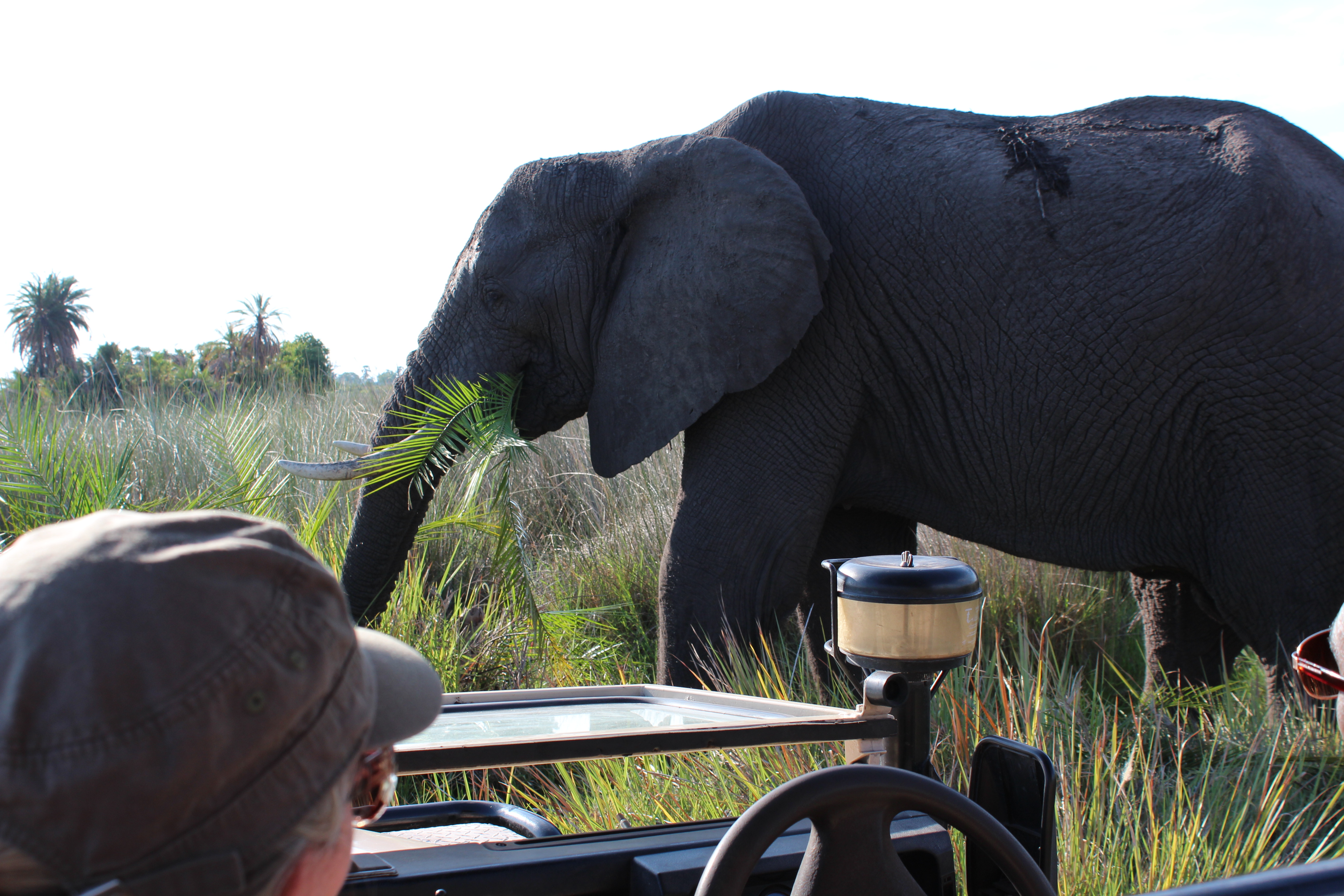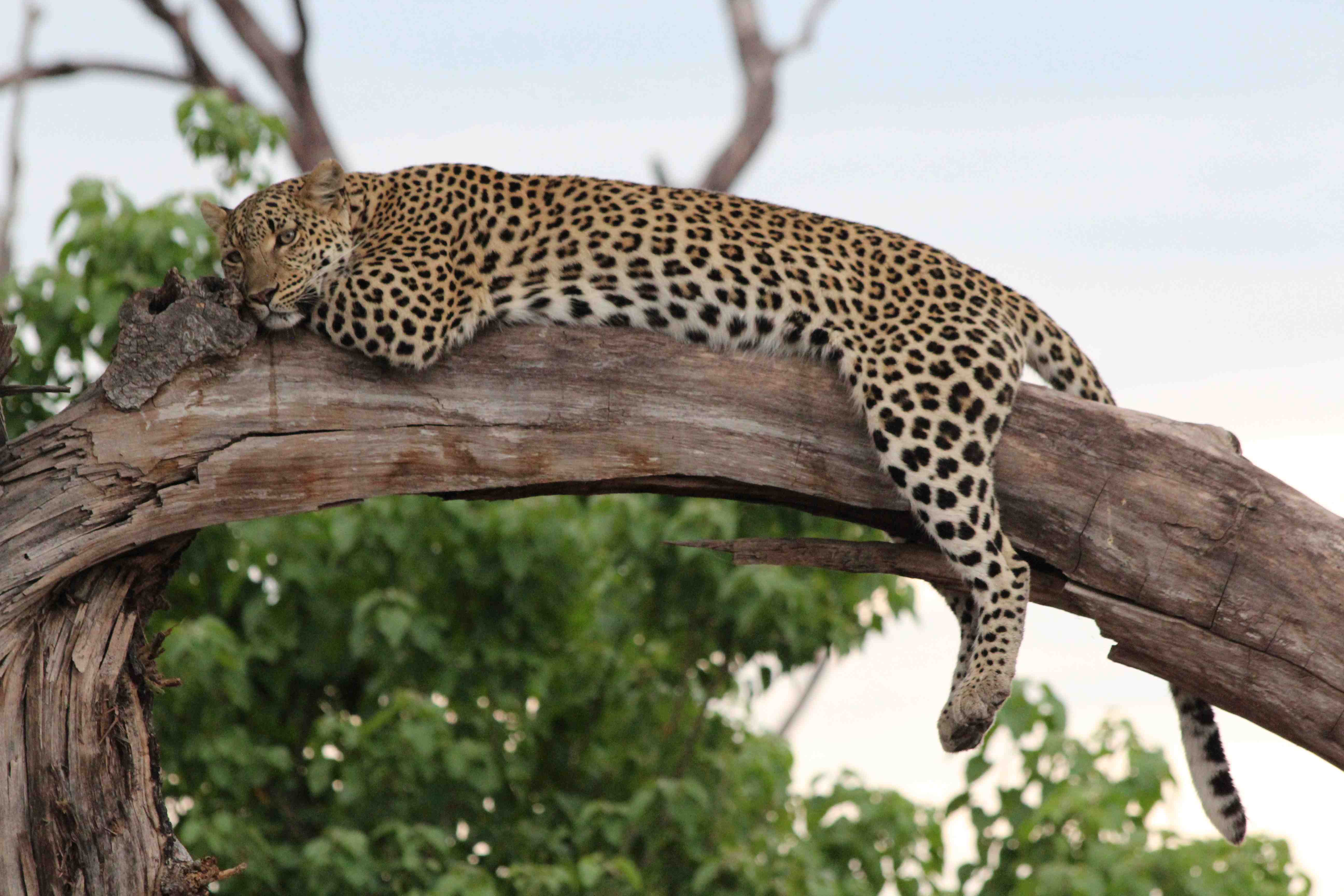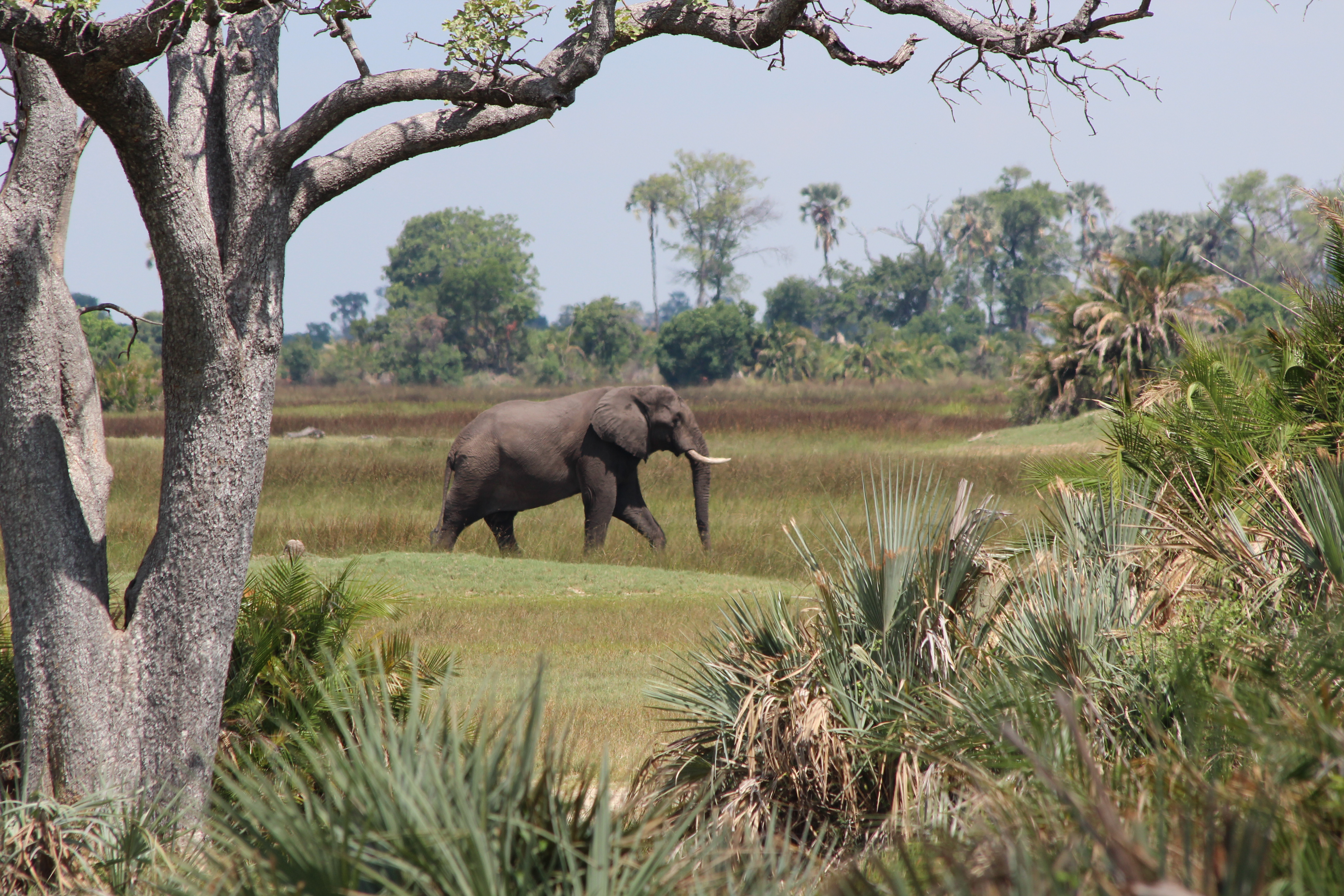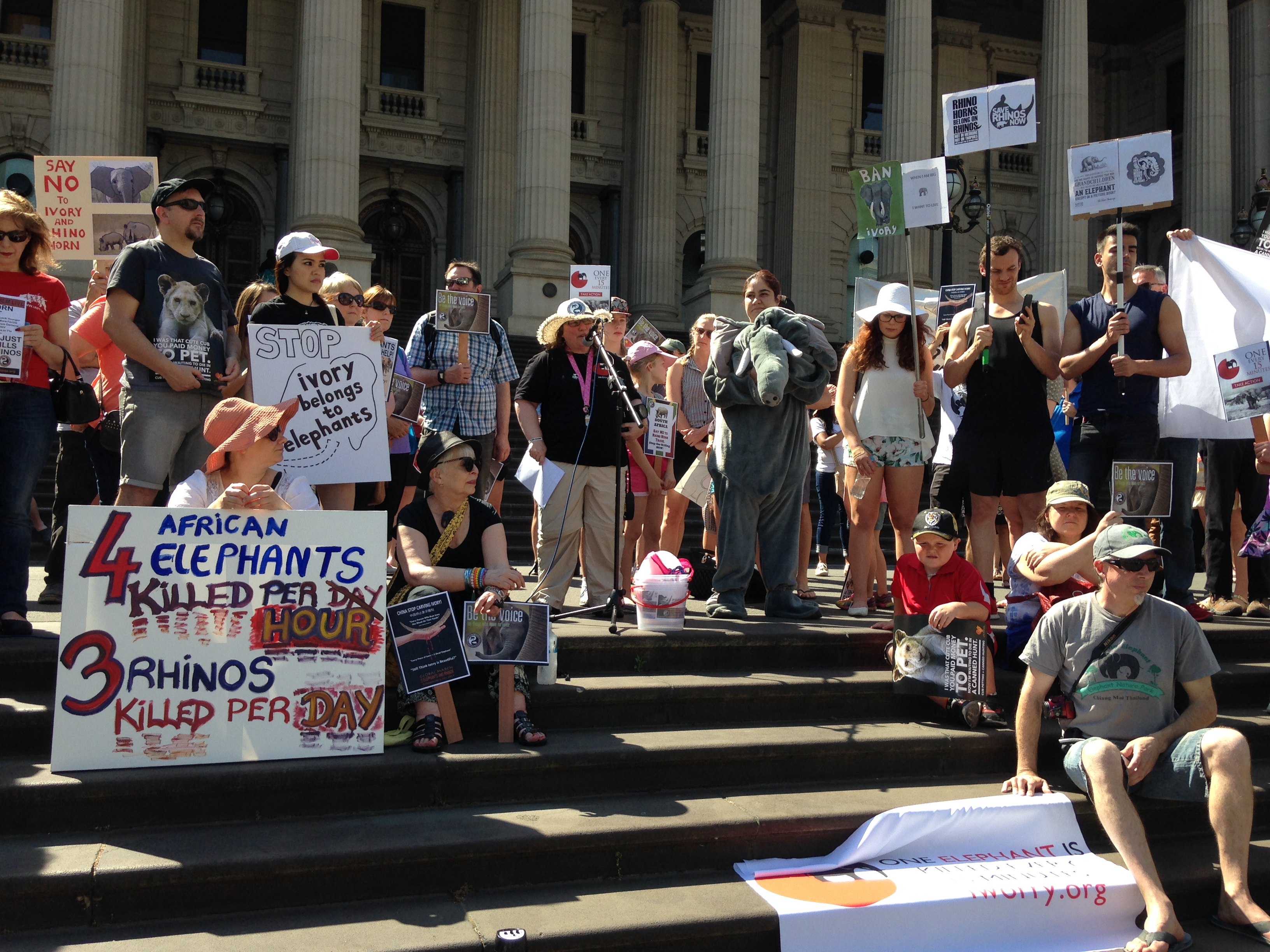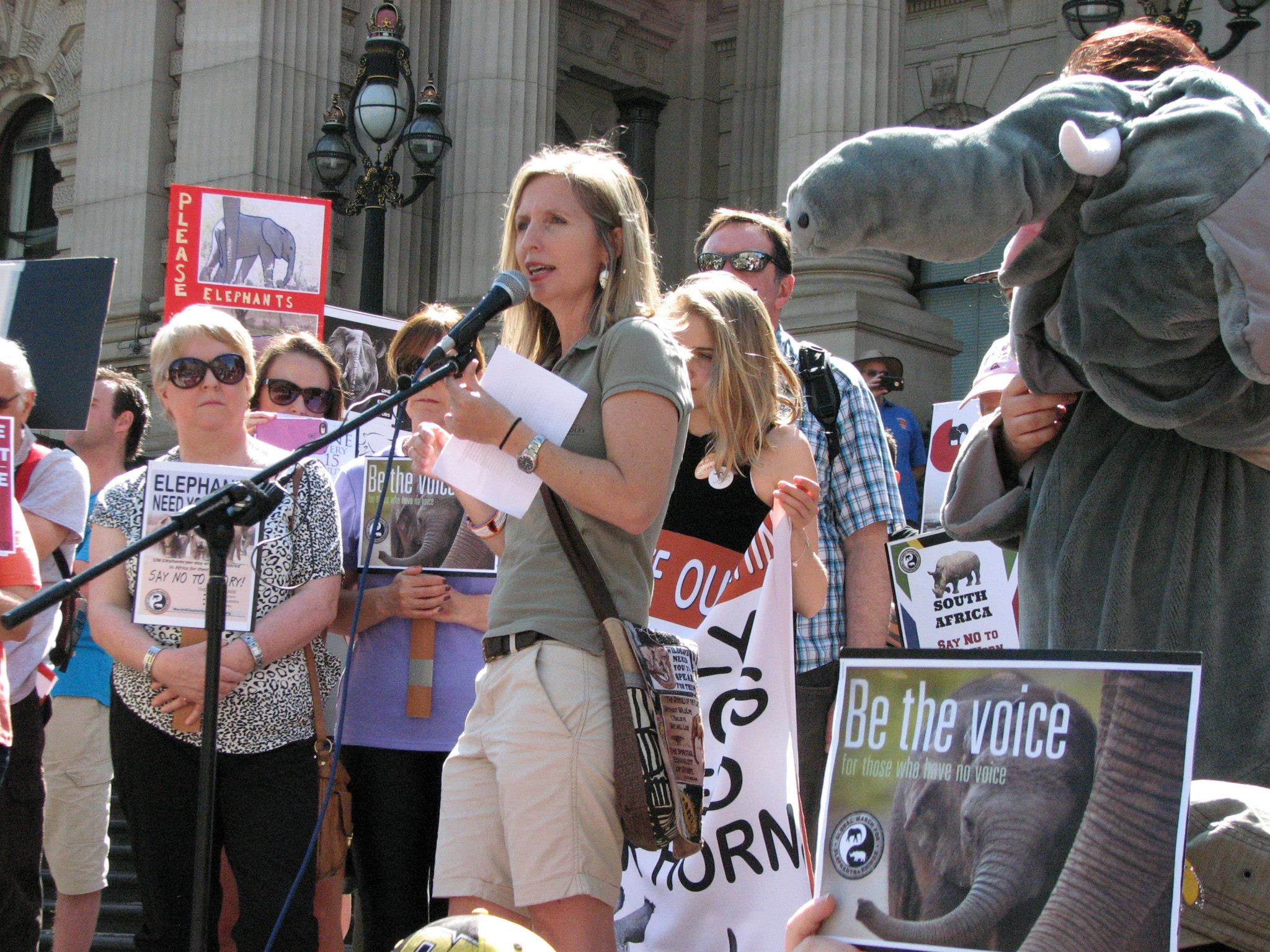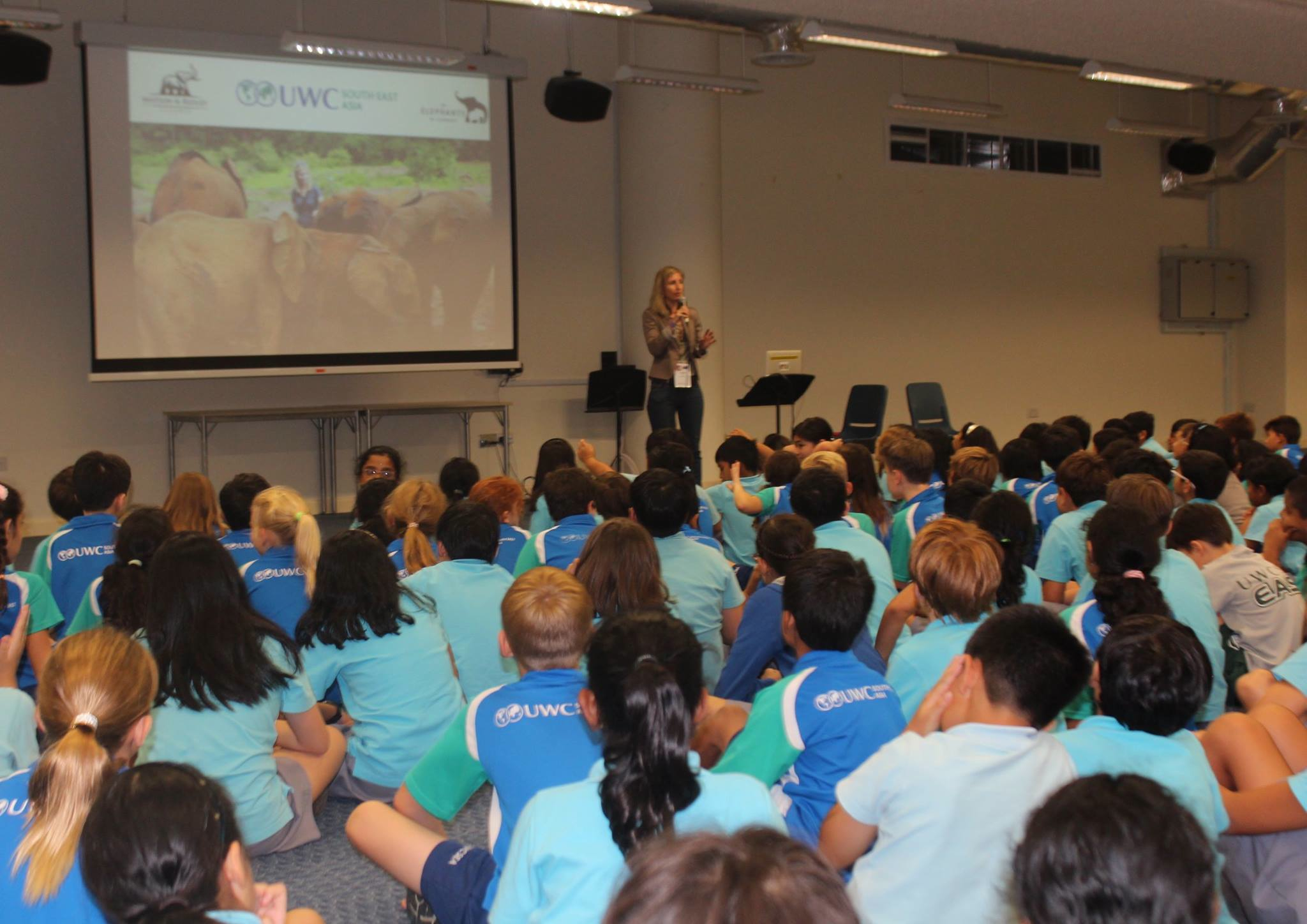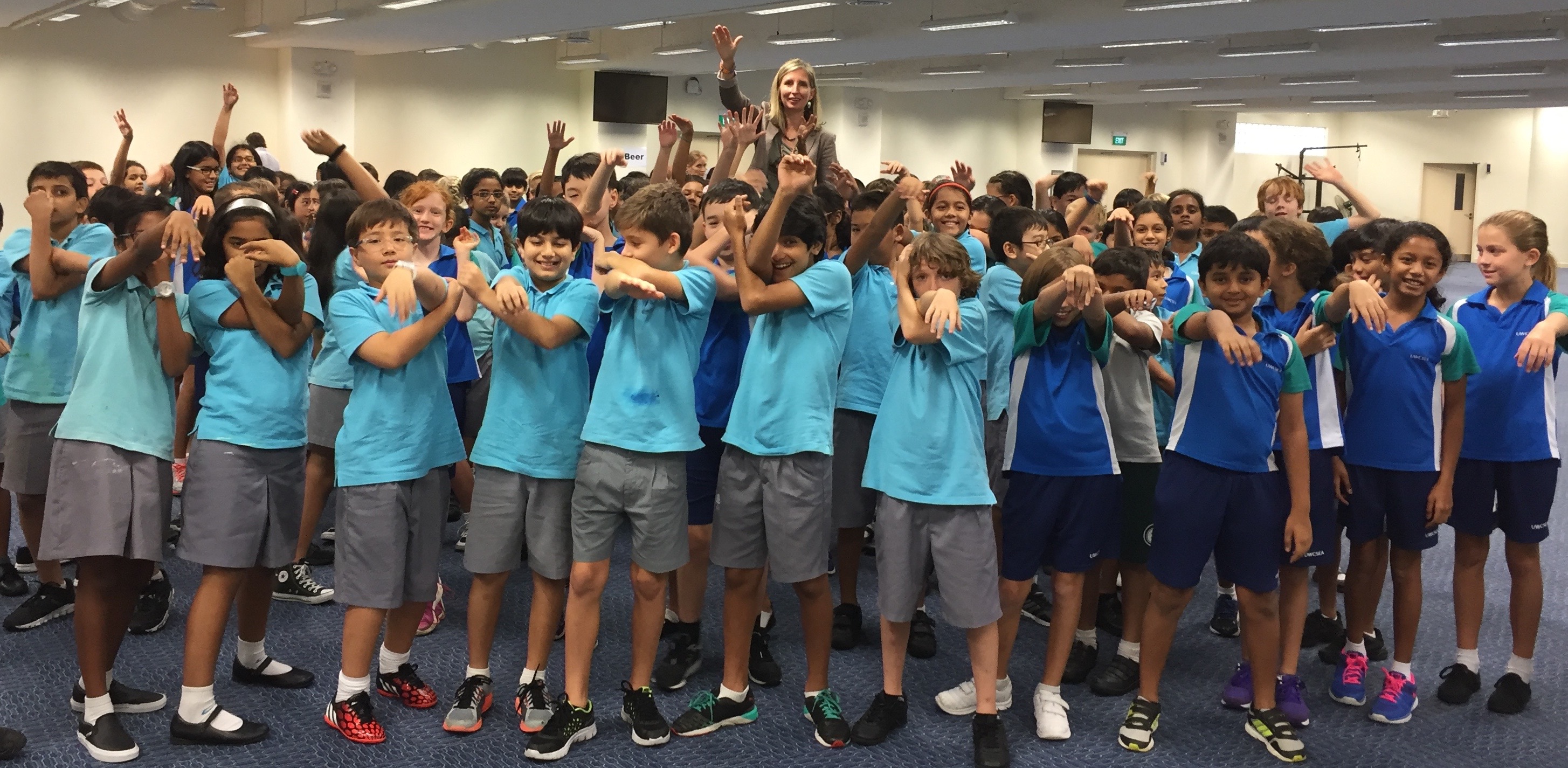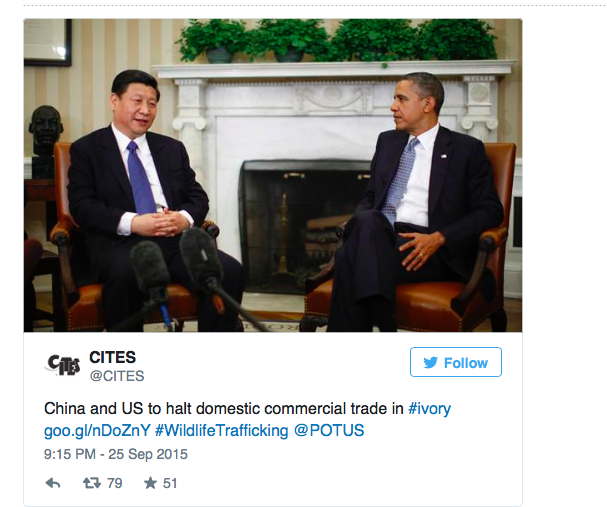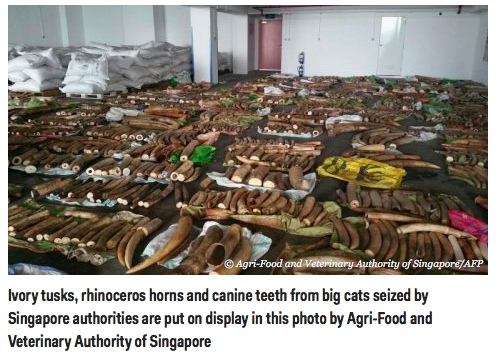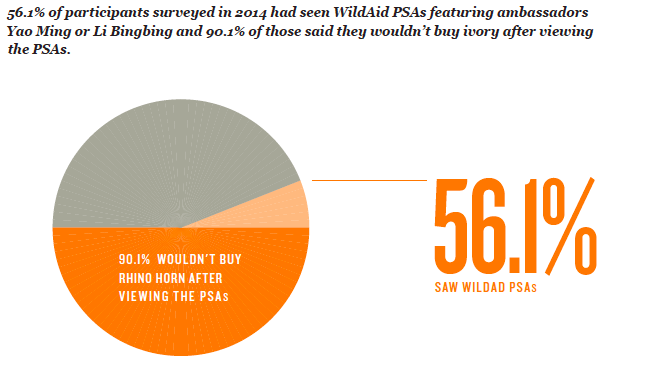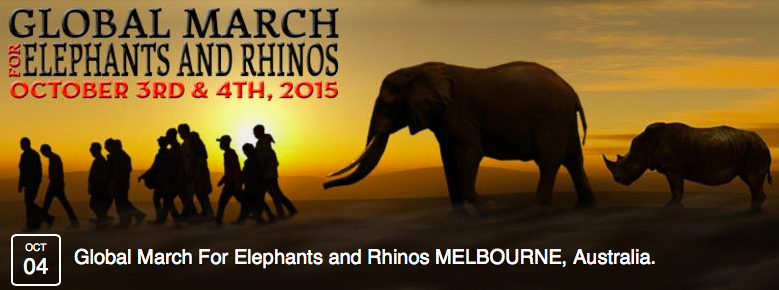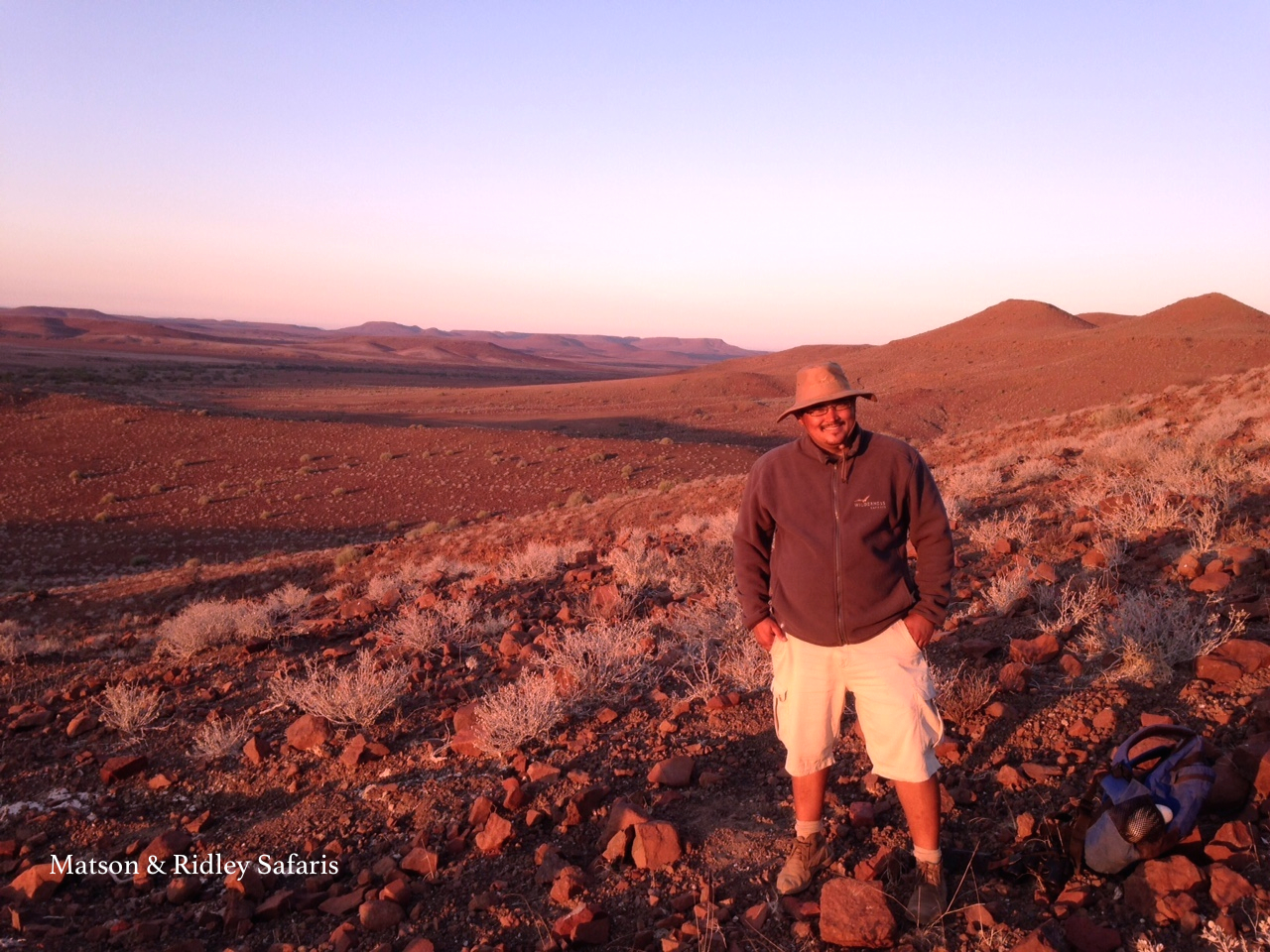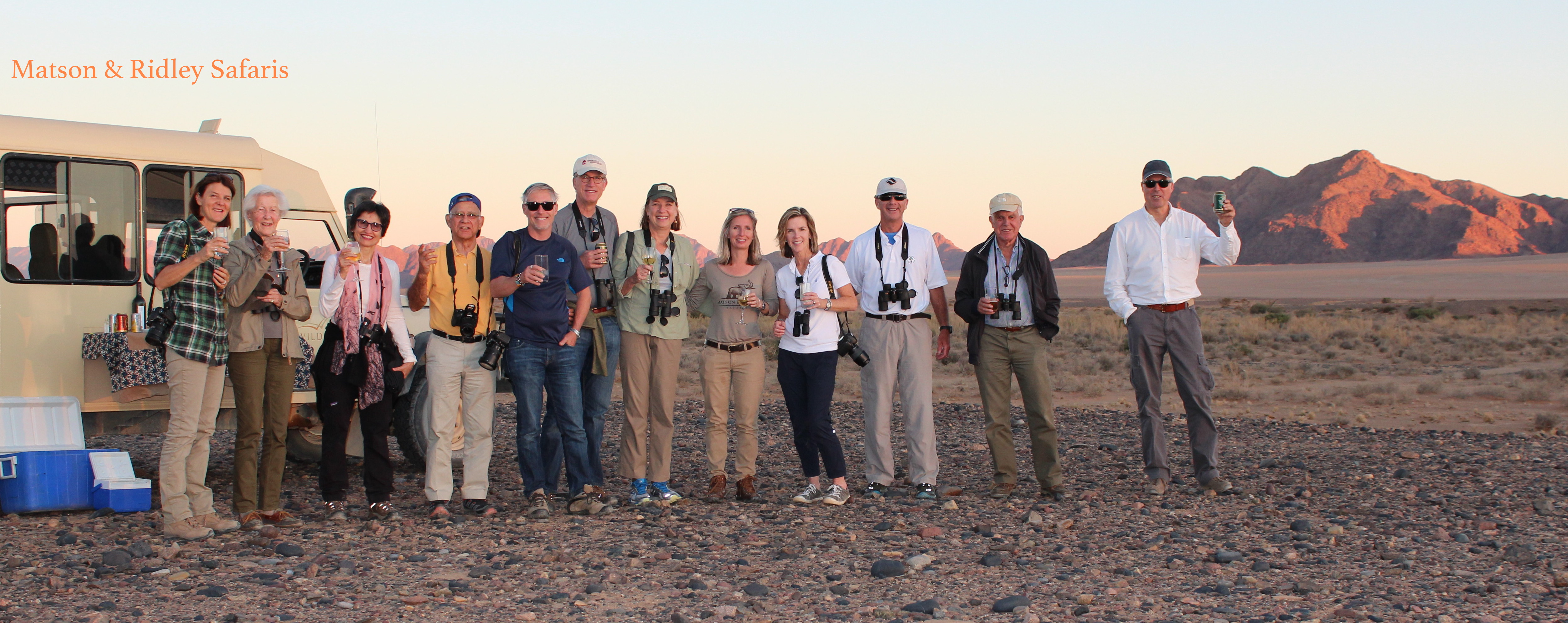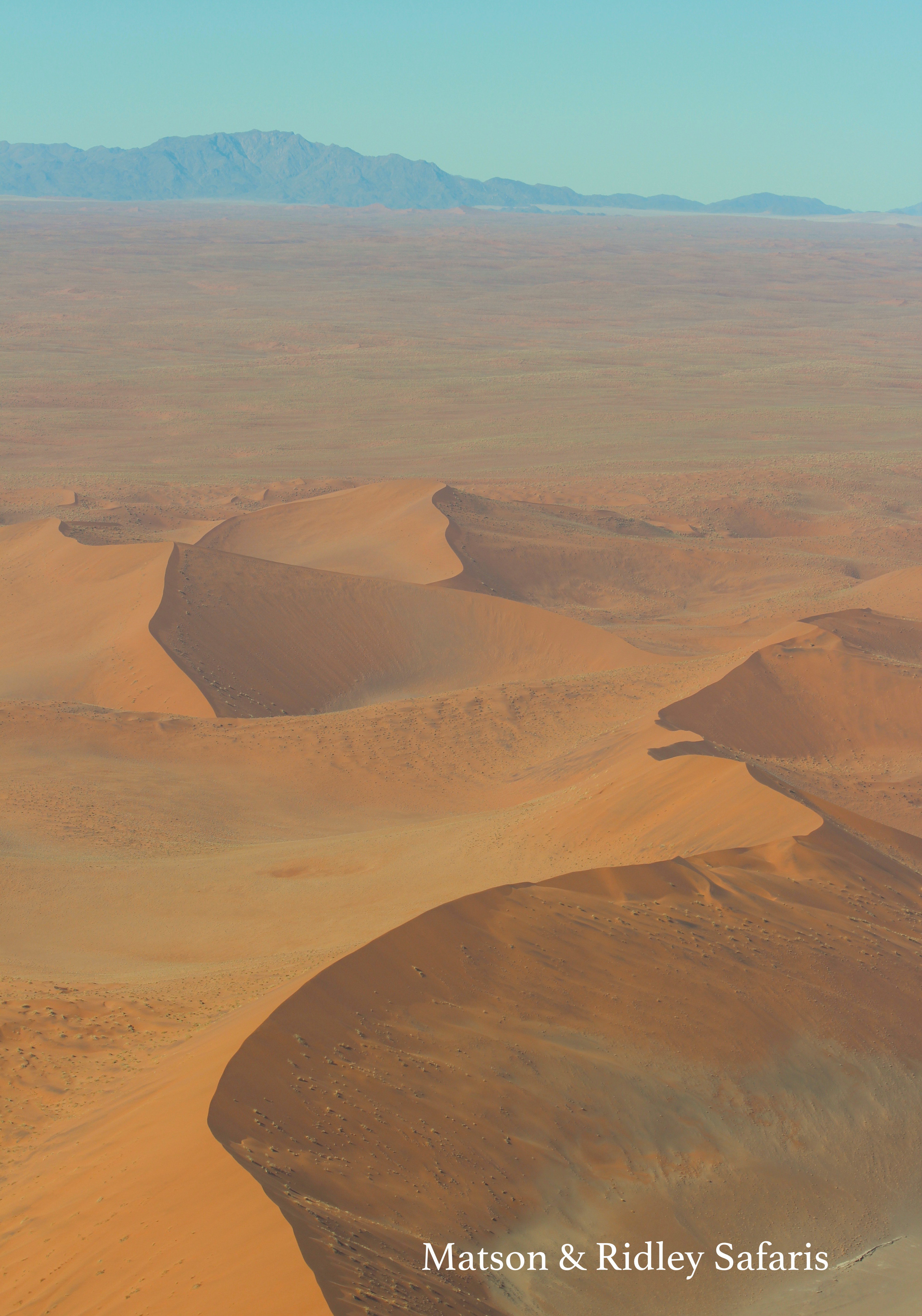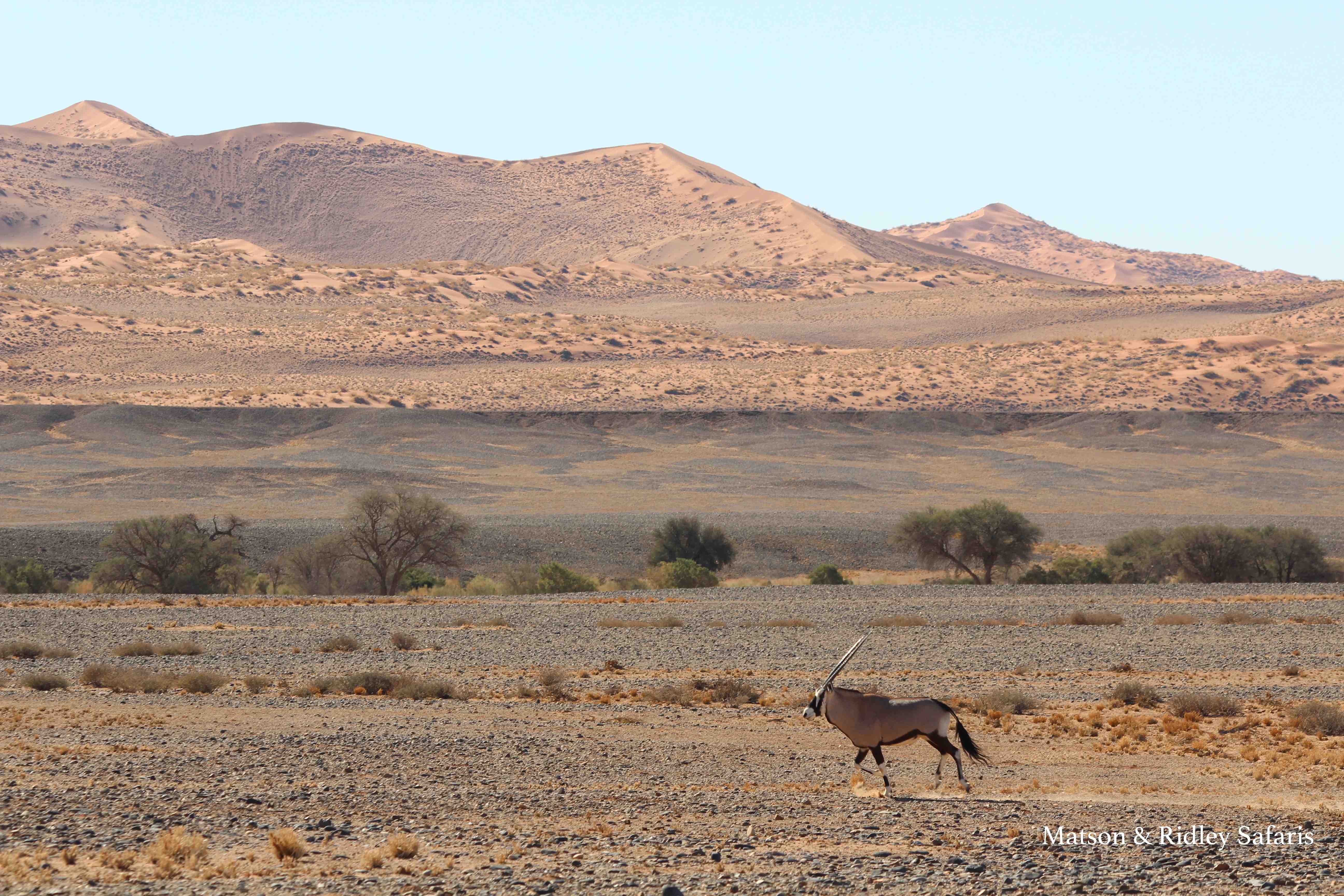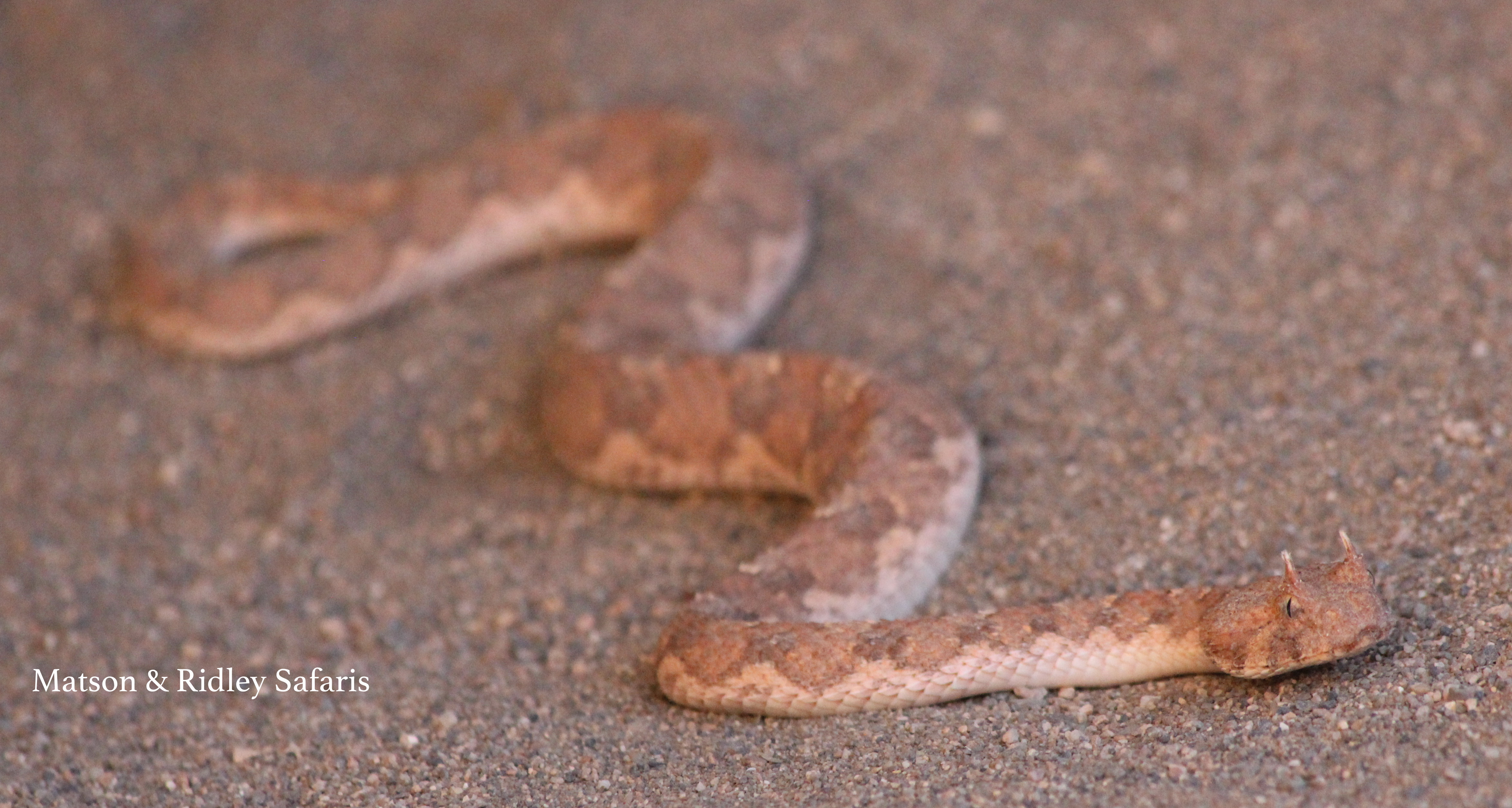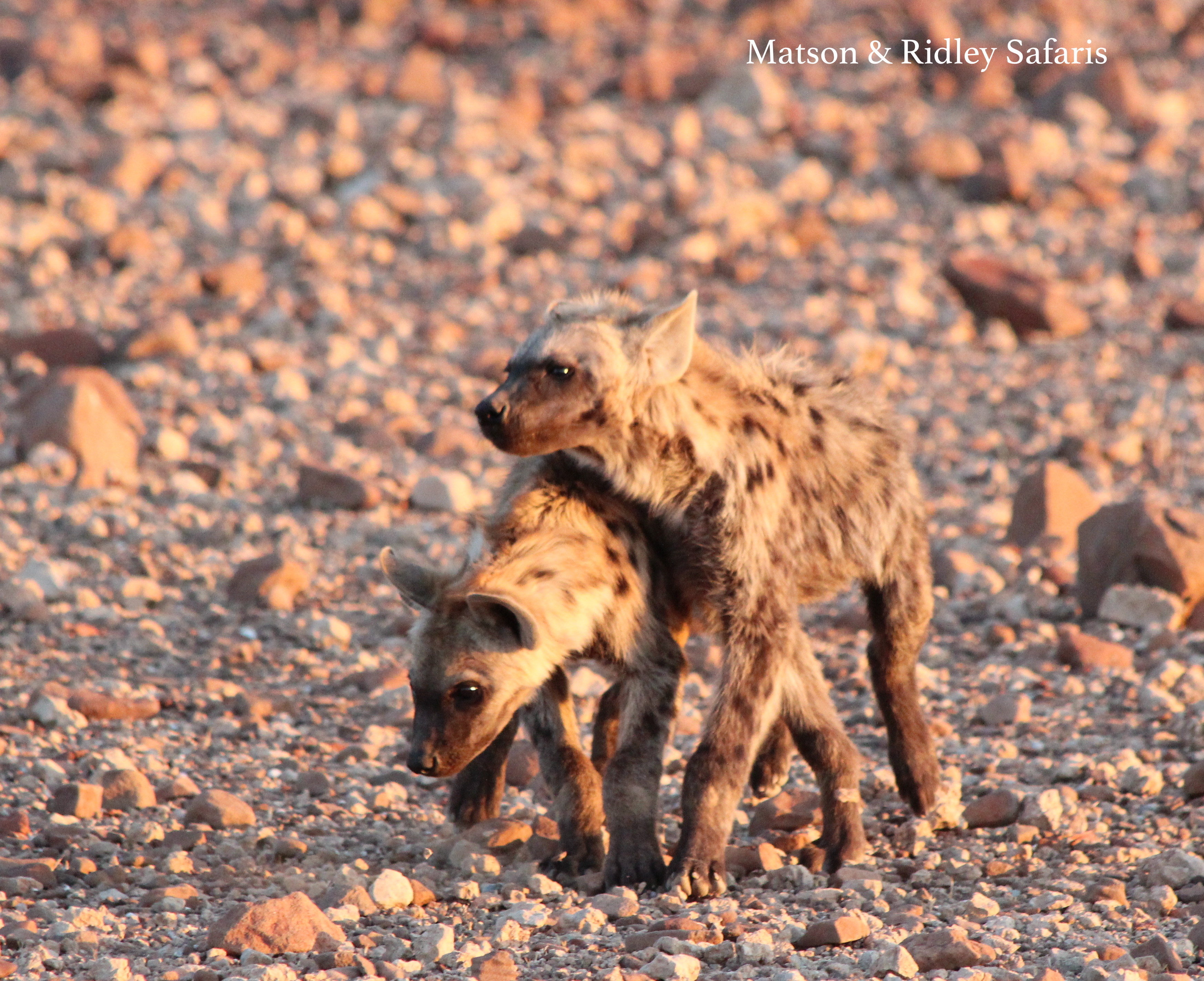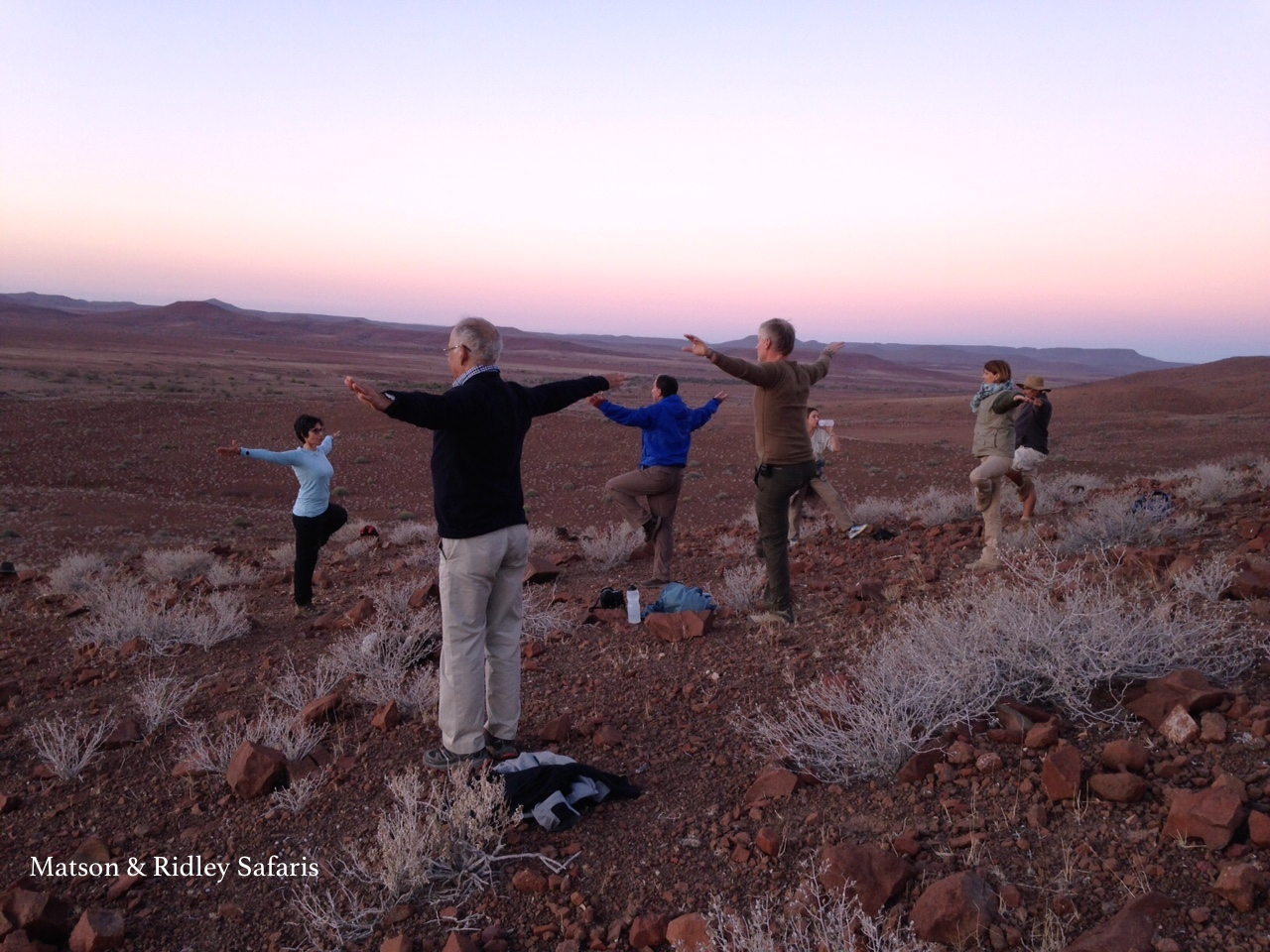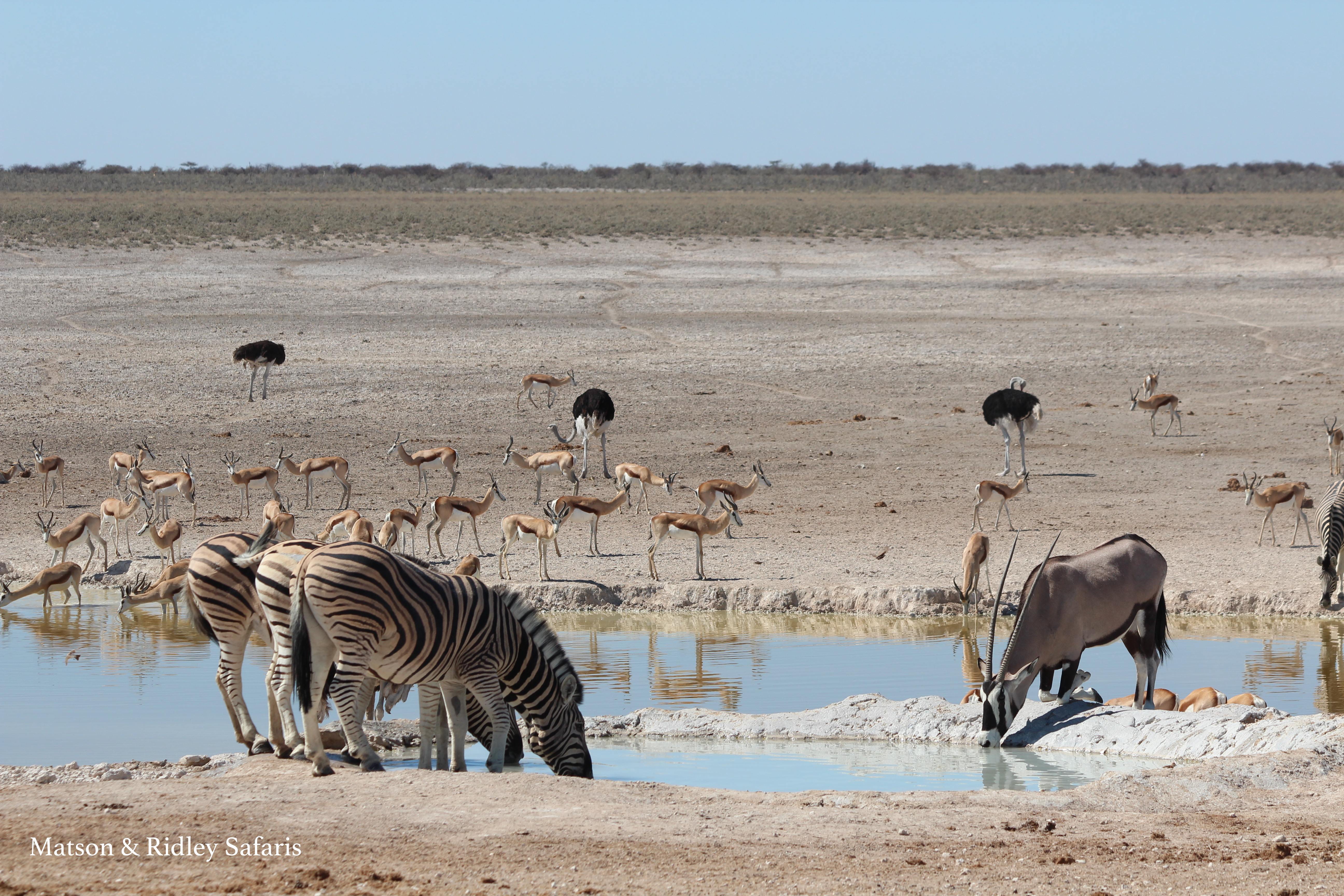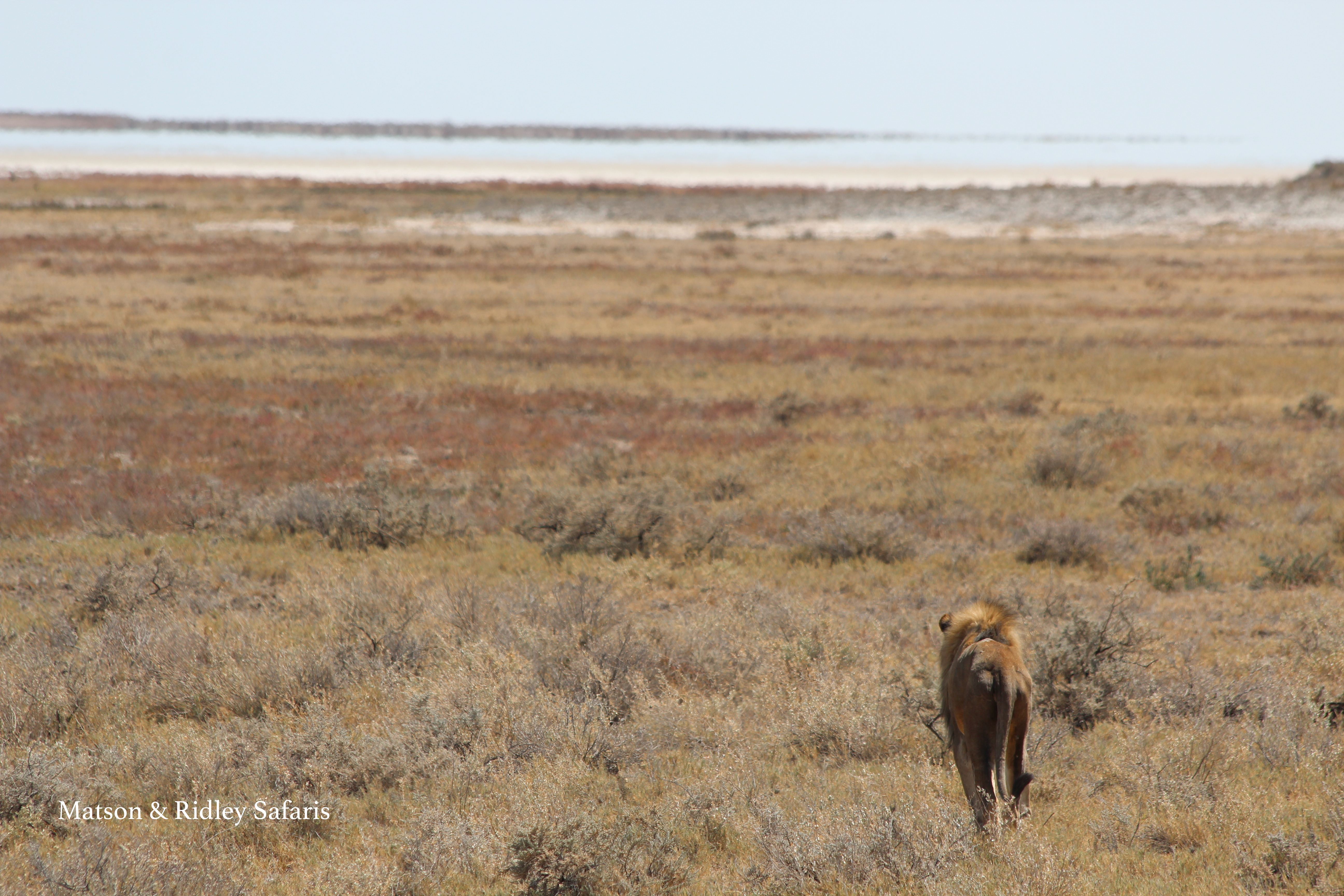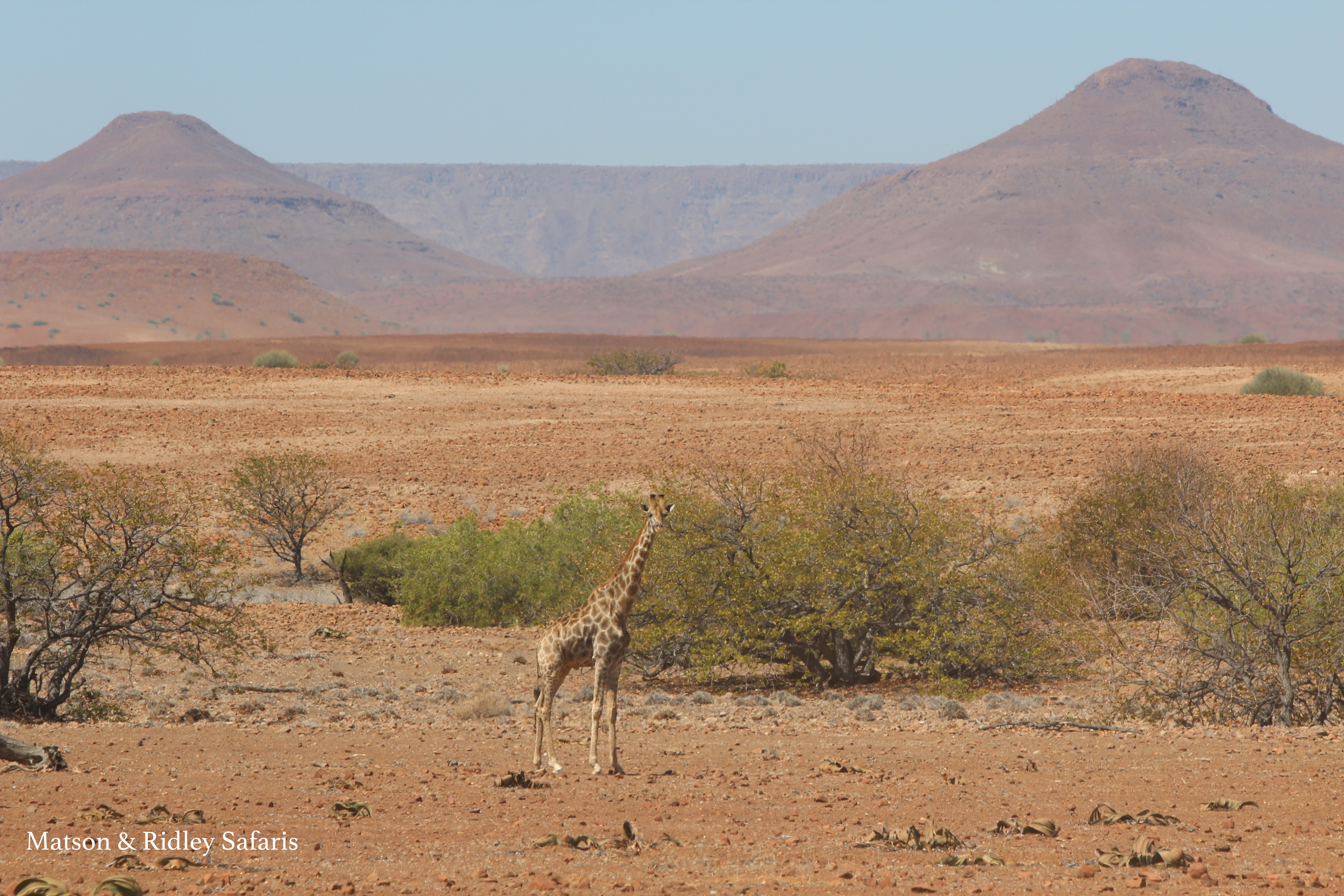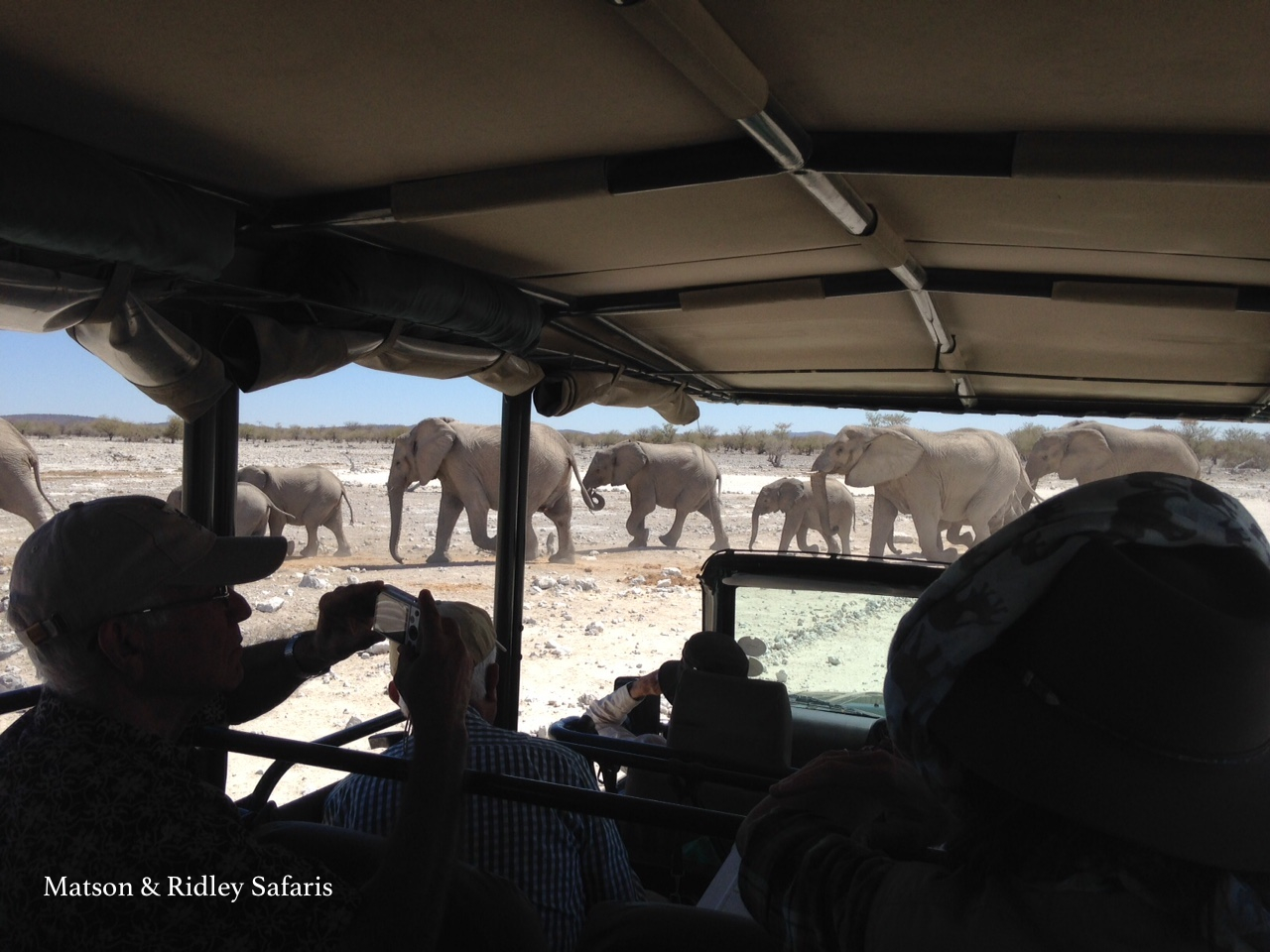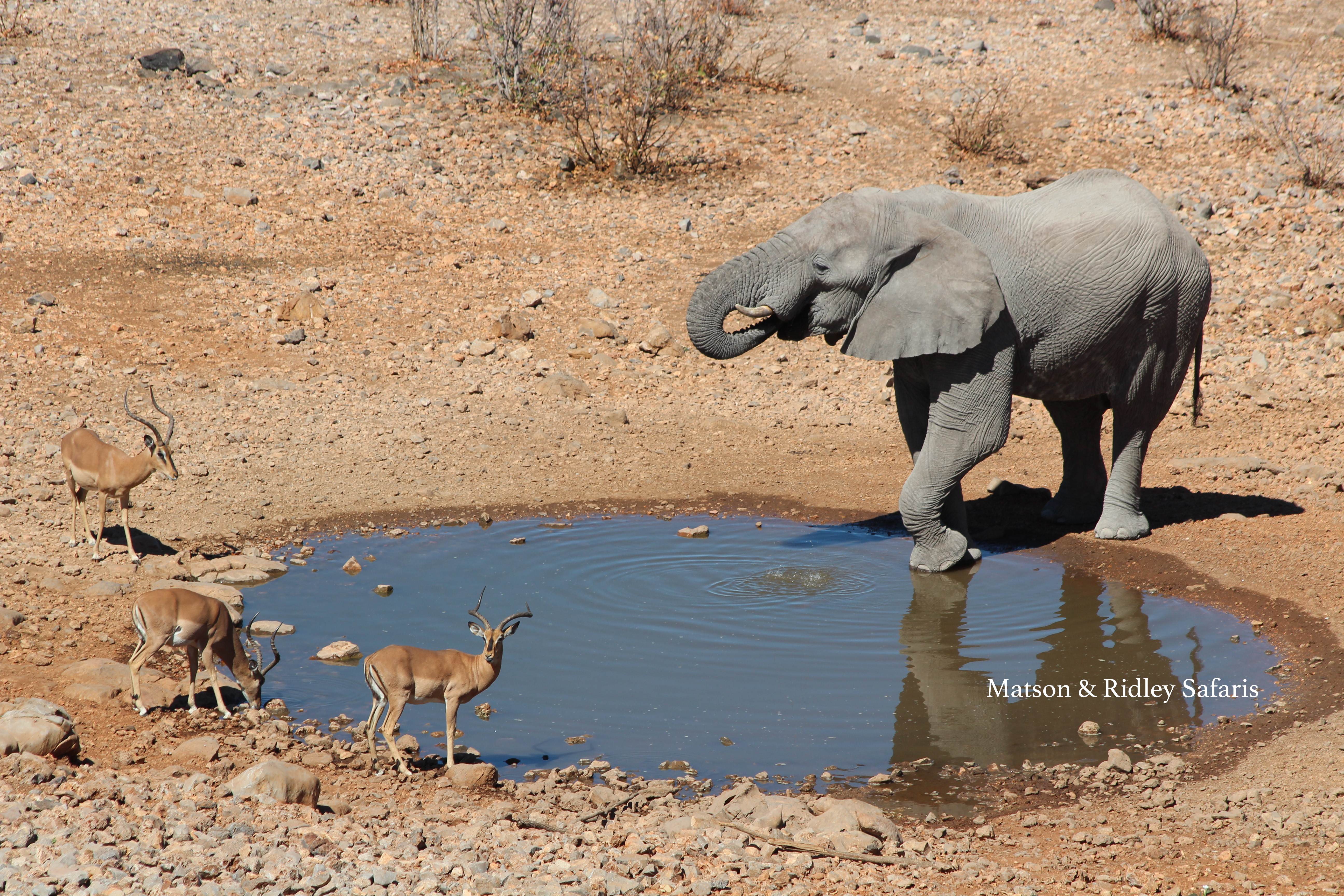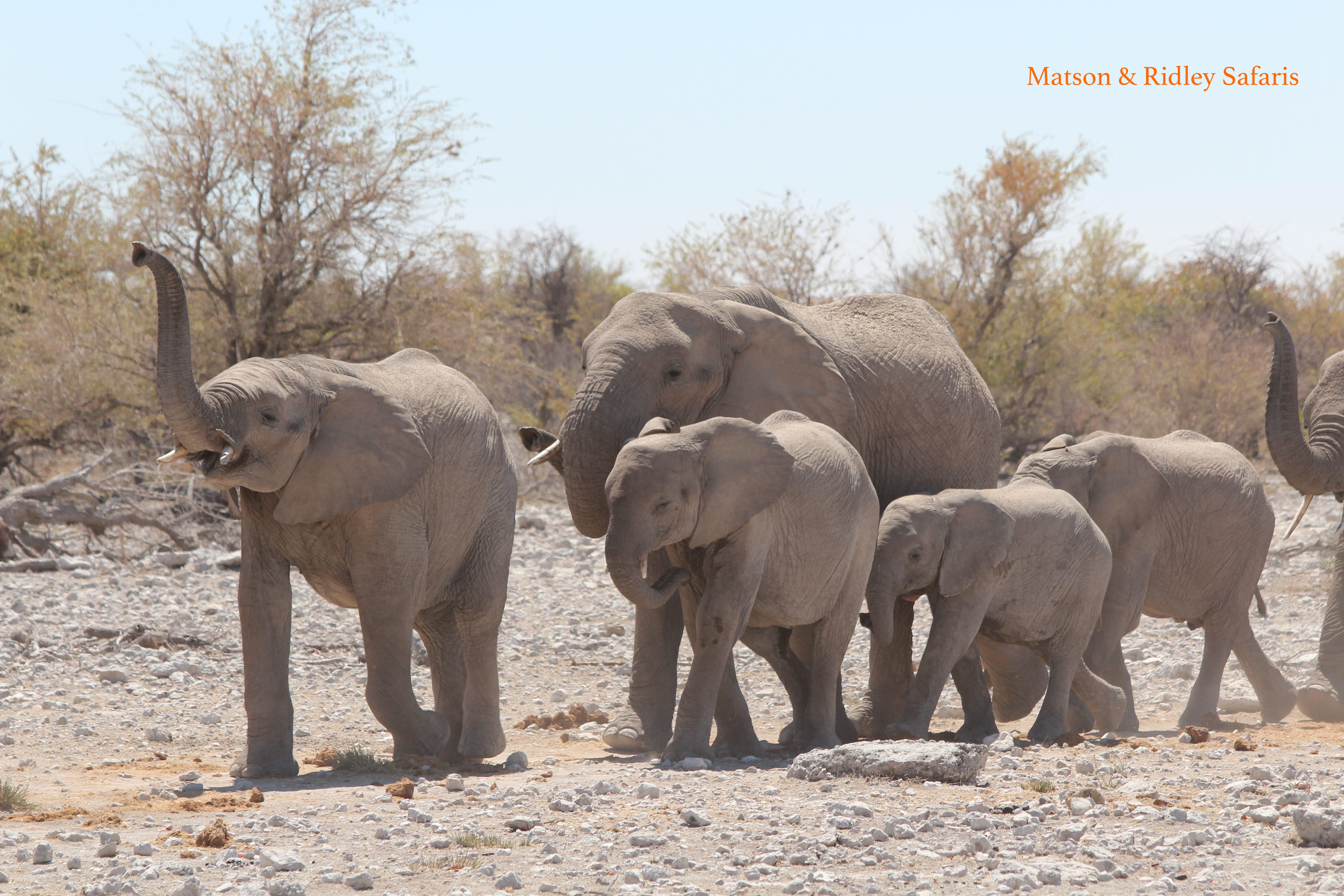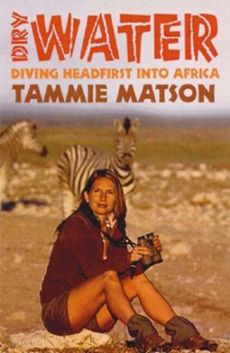The Good, Bad & Hopeful News for Africa’s Pachyderms
CITES’ latest report on the results of the MIKE (Monitoring the Illegal Killing of Elephants) programme has some good news in it for elephant populations and some not so good. The overall number of elephants being killed for ivory has stabilised, after a peak in 2011, but there are still more elephants killed every year than are born (see BBC story).
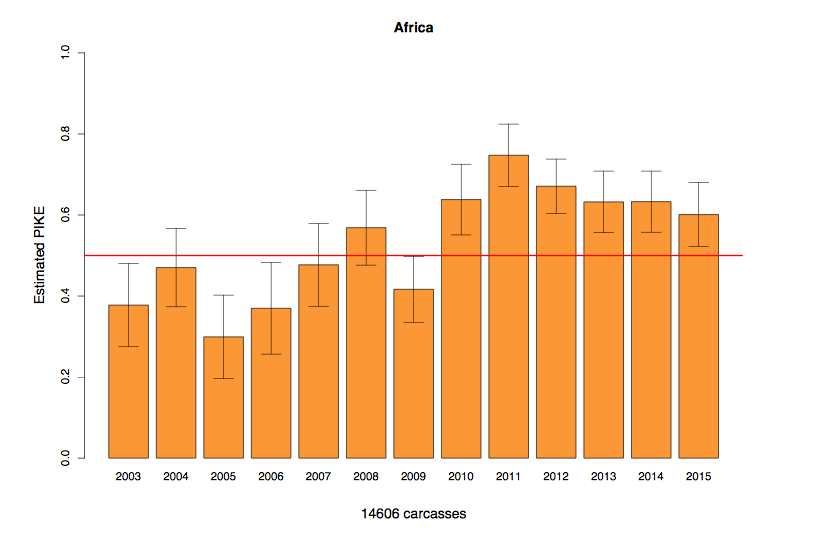
Graph showing proportion of total elephants found killed that were poached, from the MIKE programme, 2015. Note the declining trend in poaching since the 2011 peak.
In Kenya, things appear to be looking up, especially in Tsavo National Park, with an overall decline in poaching reported. Well done Kenya! It hasn’t been an easy few years for Kenya, with the ecotourism industry hard hit by unfounded fears of ebola (which never came close to the country) and a couple of terrible terrorist attacks, but nonetheless their commitment to turn things around for elephants appears to be paying dividends.
Of concern however is the upward trend in poaching in the world famous Kruger National Park, and a couple of other southern African sites including Chewore, Zimbabwe. In southern Africa, poaching levels are still well below the sustainability threshold, but the upward trend is of concern, especially as this part of the world is considered a real refuge for elephants.
Central and West Africa continue to be of serious concern, with poaching levels still well above the sustainability threshold for elephant populations. Read the full report here.
So overall, I think this latest CITES report suggests the great efforts made in recent years, at all ends of the spectrum from demand reduction to anti-poaching, are making a difference in some places, but it’s definitely not the time to be complacent.
What about rhinos? The recent report by IUCN showing that overall poaching across Africa for rhinos is at its highest since 2008 shows that poaching is by no means slowing down across Africa for other thick-skinned large mammals either. The South African government recently reported that rhino poaching was down in South Africa in 2015 compared to the previous year, albeit by a very small number (about 40). The big picture outlined in the IUCN report just out suggests the fight must go on if rhinos are to have a future in the wild.
Why go on fighting this battle? Lots of reasons, but a big one is that it IS possible to win.
I take heart from countries like earthquake-hit Nepal, which has had ZERO poaching of its greater one-horned rhinos in three of the past five years. Part of their success in conservation following the civil war (which took a hard toll on wildlife) is reported to be their tough penalties on poaching and a streamlined judicial process dealing with offences.
And then there is Uganda, which has seen its elephant population increase 600% from 700-800 in the 1980s to over 5000 in 2015. These countries demonstrate that it is possible to turn things around; and that political will and hard line processes are key to success. It’s amazing what can happen when governments take this problem seriously.
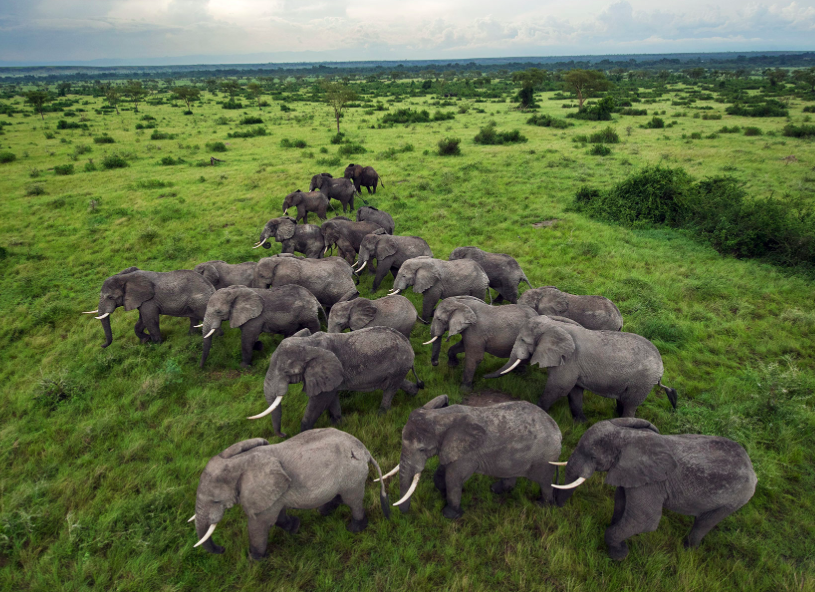
Elephants in Queen Elizabeth National Park, Uganda, are doing better than in the 1980s by a long way (photo by National Geographic)
Confirm your place – Rwanda & Tanzania 2017!
I posted an article on my Facebook page from National Geographic last week about young gorillas seen dismantling poachers’ snares for the first time. It suggests that the youngsters knew how dangerous the traps were and researchers said they may have done it before, given how quickly they dismantled it. For a critically endangered species with less than 900 left in the wild, this is a good sign because with such low numbers we really can’t afford to lose any wild gorillas, especially the next generation.
Their numbers remain low, but responsible tourism has been key to the fact that gorilla populations are now increasing in the wild. Tourism now accounts for almost 8% of Rwanda’s GDP and this gives the government and the local people real incentives to keep the mountain gorillas that sit at the heart of the country’s tourism alive. Read more about how responsible tourism is key to the survival of mountain gorillas here.
August 2017 may seem like a long way off but that gives you an idea of the popularity of the highly awarded safari camps I’ll be taking two groups to to trek with mountain gorillas in Rwanda’s Volcano mountains followed by a week at Ngorogoro crater and the Serengeti in Tanzania. We have to book this far ahead to secure space. I’ve had a lot of interest already in both trips and I’ll be taking a maximum of 10 people on each. I’ve personally hand picked every element of both safaris – they’re going to be amazing!
Anyone who’s been on one of my group safaris knows how intimate these adventures are. I keep the groups small because I like to get to know people and I find that a small group size also enables firm friendships among like minds to be made. These are wild, adventurous, spiritual experiences that will change your life while benefiting local people and wildlife – not your run of the mill safari! So if you’d like to confirm your place, please get in touch with me now to pay your deposit and make sure you don’t miss out! I already have more interest than I have places, so the sooner you confirm your place the better.
Read all about my 2 group safaris in Rwanda and Tanzania by clicking here. Contact me for a full itinerary with all the inclusions (as with all my safaris, almost everything is included in the price other than your international flight).
There’s more information on all the safaris we offer at Matson & Ridley Safaris on our new website so click here to learn more. I also have one spot left for a single woman on my Namibian Skeleton Coast safari in May this year and 3 spots left for a couple and a single woman on my Zimbabwean safari in September this year.
Hope to see you on safari soon!
Launch of our new website
Happy new year and here’s hoping your year has lots of inspiration and adventures of the African kind in it!
To kick off 2016 with a resounding trumpet we’d like to share the exciting news that Matson & Ridley Safaris’ new website matsonridley.com is now live! For a dose of inspiration and some ideas on your next African adventure, please take a look and share it with your friends.
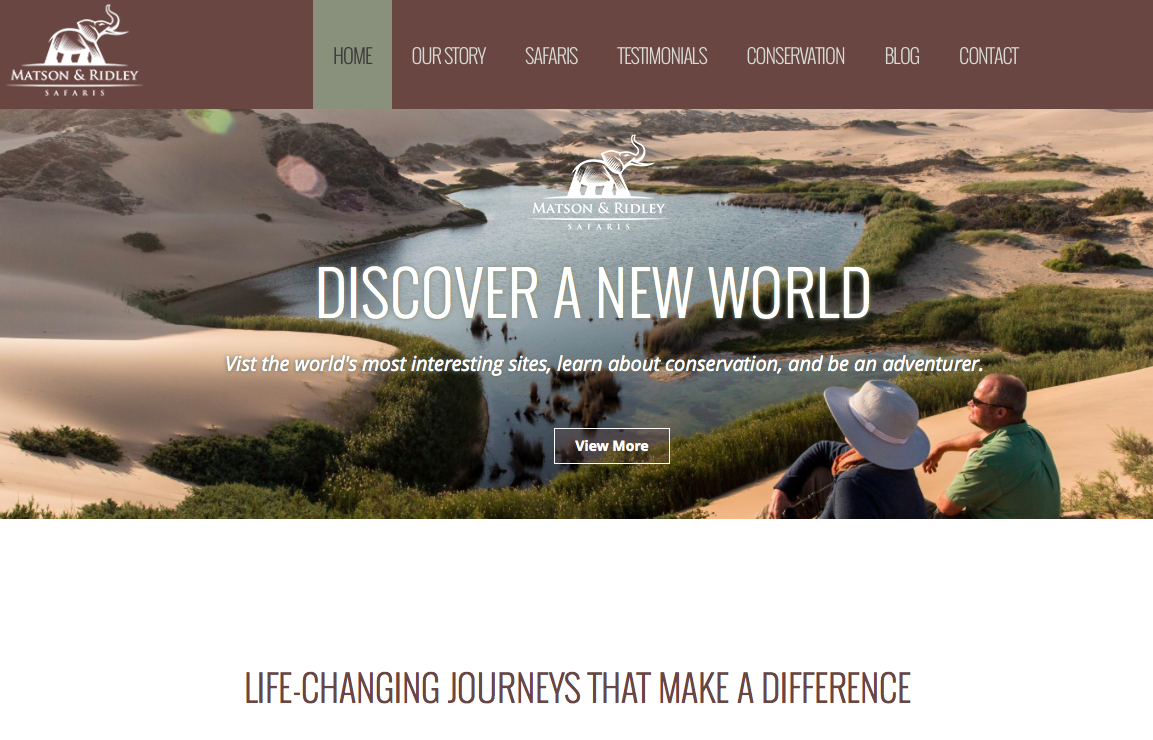 Matson & Ridley Safaris has been a labour of love of Andy’s and mine for the last two and a bit years, and we’re delighted that many of you have already been on not one but two safaris with us, as well as signing up for more in the future. I think this is a sign that we’re on the right track with the life-changing experiences in Africa that we’re offering.
Matson & Ridley Safaris has been a labour of love of Andy’s and mine for the last two and a bit years, and we’re delighted that many of you have already been on not one but two safaris with us, as well as signing up for more in the future. I think this is a sign that we’re on the right track with the life-changing experiences in Africa that we’re offering.
You can read some of the feedback we’ve had from guests on our safaris on our Testimonials page. The overwhelming feedback we get is that people love the fact that they’re not just having an amazing experience on our safaris, they’re also learning a lot while there, very importantly, able to also give back while on holiday, and to see their positive contribution with your own eyes. You can read more about the conservation projects we support on our Conservation page.
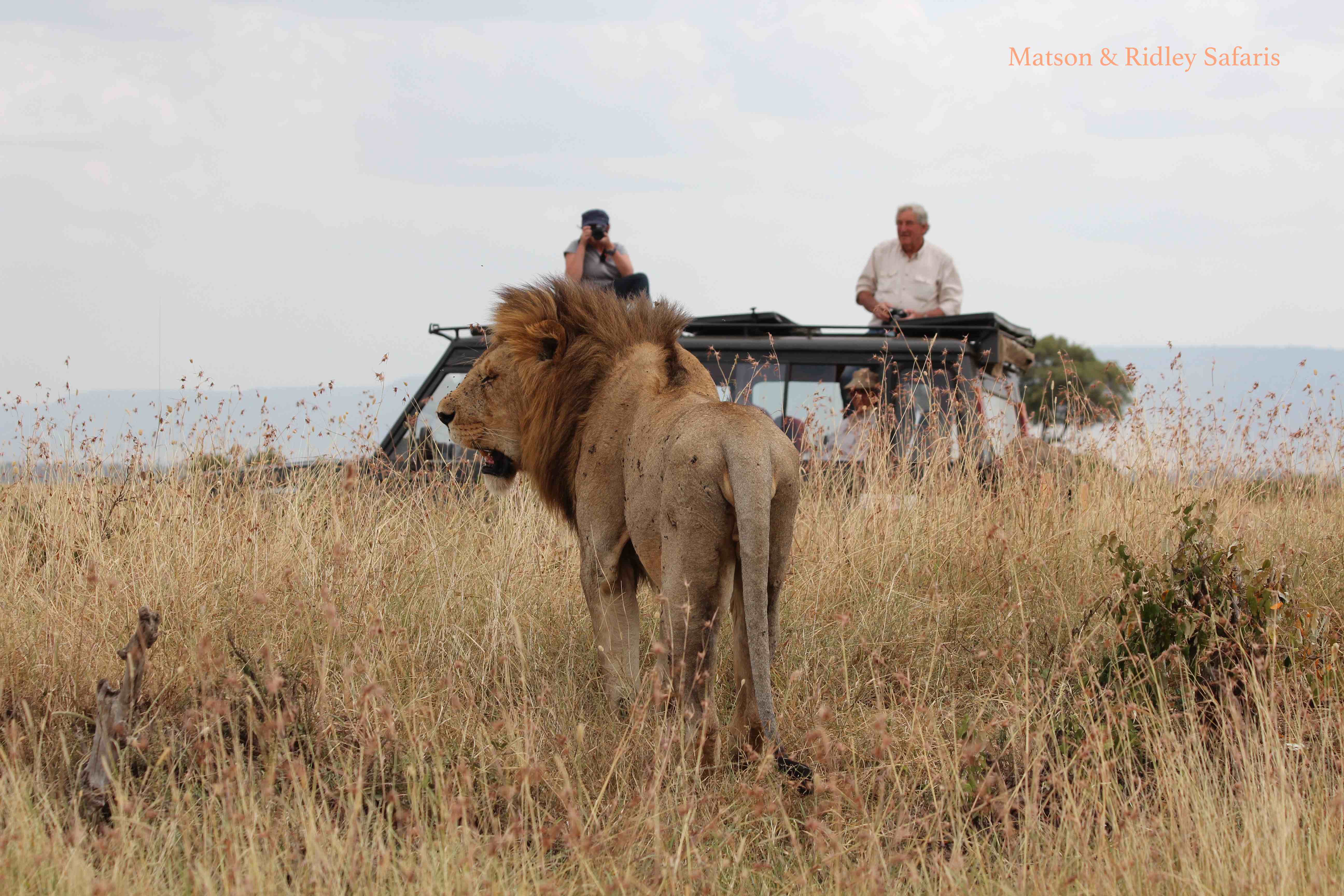
Tammie’s group watches an exhausted male lion (in between a week of mating every twenty minutes) in Kenya in July 2015
We are learning, growing and passionate about continuing to provide incredible safaris that make a difference to Namibia, South Africa, Zimbabwe, Botswana, Kenya, Tanzania and Rwanda (and open to any others you suggest to us!). Check out our Safaris page to learn more about the destinations we tailor safaris to. Life is short and there’s so much to explore!
Our family safaris are growing increasingly popular, so if you’re interested to learn more about taking your precious treasures on the trip of a lifetime check out our Family Safaris page. There are great deals available with discounted rates for kids.
If you’ve had a great safari with us, please let your friends know about us and help us grow our business into one that can really make a difference in conservation. Go on – take a moment for an Africa fix – matsonridley.com is now live!
Wishing you a happy holiday!
It’s that time of year again, and it seems to have crept up so quickly (or maybe I’m just getting old!). Now at the end of our second year in business at Matson & Ridley Safaris, Andy and I wanted to thank you for your support and to wish you a wonderful Christmas and new year. I’ve put together this short video (scroll down to see it), which I hope you’ll enjoy, sharing a few special memories of my adventures with you in the last couple of years in Botswana, Kenya and Namibia. Thanks to all who shared their photos for this, but in particular a big thanks to all the people who made these journeys so wonderful in Africa’s most incredible wild destinations!
For me, it’s a real joy to be able to reflect back and know that our fledgling safari business is helping support so many worthwhile on-ground conservation initiatives, from the Save The Rhino anti poaching efforts in Namibia, to the Giraffe Conservation Foundation, David Sheldrick Wildlife Trust and the Mara Naibosho Lion Project. Those who come on my safaris often get to meet some of the dedicated people behind these operations.
And of course, just by supporting Matson & Ridley Safaris, you’ve helped me continue to keep spreading the word in the Let Elephants Be Elephants campaign, around Singapore, Hong Kong, the Philippines, Australia and even in my new base in the Netherlands. The LEBE campaign has raised approximately SGD$40,000 (almost US$30k) for awareness raising on ivory trade in Asia since its inception, and Nadya and I have spoken at dozens of schools, events, conferences and government departments across the region. A new study by Save The Elephants just revealed that growing public awareness through campaigns like the one by WildAid in China have played an important role in the halving of the price of ivory in the past year, a truly outstanding result that will help reduce elephant poaching. Our LEBE campaign continues in Southeast Asia in 2016 – more news to come on that soon.
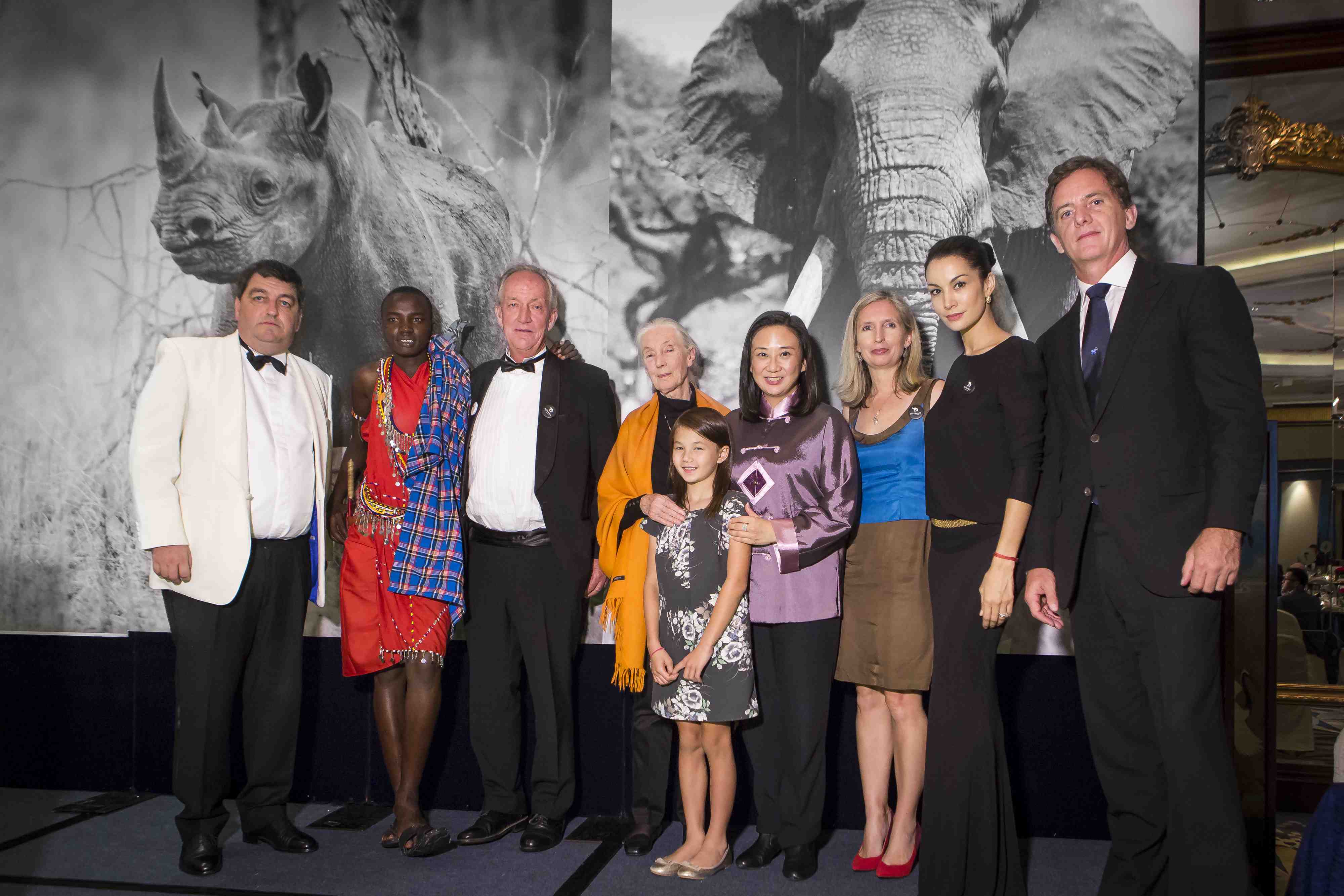
The LEBE team at one of our awareness and fund raising events in Hong Kong, with the team from the Hong Kong Elephant Society, Jane Goodall and Richard Bonham of the Big Life Foundation (photo: Hong Kong Elephant Society)
But I think our biggest contribution through Matson & Ridley Safaris is the benefits your safari bookings provide in terms of local employment in Africa. Wilderness Safaris recently released a breakdown of how your safari dollars are spent, and most enlightening for me was that about two-thirds goes to local employment. This is so important! In Africa, conservation of wildlife is directly related to the economic benefits people get from wildlife, and so this really is a win-win scenario for both people and wildlife. In rural areas where these camps are, there are few other economic opportunities for people, so ecotourism done right can be a real lifeline. Asilia Africa, who we work with to plan your East African safaris, focus on education and conservation, as well as community partnerships to deliver long term sustainability that benefits local people. You can read more about their positive impact and approach to sustainable business development here. When you go on one of our safaris, either independently or with me, don’t forget to ask about all the incredible work these ecotourism companies are doing to ensure that you not only have an amazing experience but that the local people and wildlife directly benefit from the monies you spend.
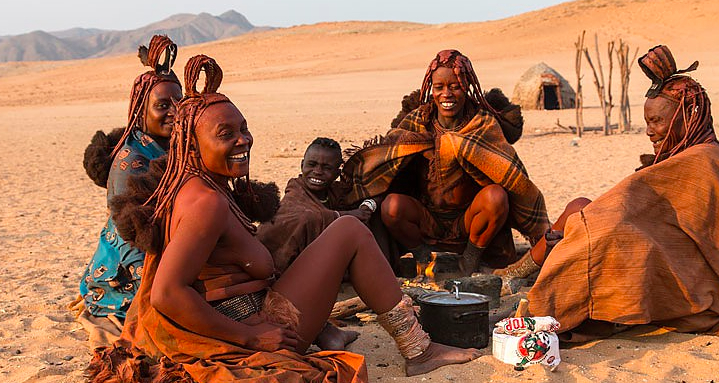
Providing local employment in rural areas in Africa is one of the most important contributions made by ethical safaris (photo: Wilderness Safaris)
Very soon we’ll be launching the new Matson & Ridley Safaris website, but in the meantime you can find us on the Matson & Ridley Safaris Facebook page – like us here to see the latest updates on all our safari offers and opportunities, and you can share your photos there too. We have big dreams for our conservation work – please help us get there by spreading the word about our ethical safaris!
Don’t forget it’s not too late to sign up to join me in northern Zimbabwe in September next year, and I still have one spot left for a single woman sharing in North West Namibia in May (last minute discount available for the latter). There are great deals available for family and group safaris in 2016 all over Africa’s safari regions, especially if you go in the green season. May 2016 be a year of adventure, excitement and inspiration for you all and I hope to see you by the campfire under a starry African sky soon!
Rwanda & Tanzania Journeys with Tammie August 2017
Ever dreamed of getting up close to endangered Mountain Gorillas? This has always been on my ‘wish list’ to do one day, ever since I read Dian Fossey‘s ‘Gorillas In The Mist’. Such close relatives to us, I really can’t imagine what it will be like to be eye to eye with wild gorillas, but I imagine it will feel a lot like meeting a long lost family member!
I’ve also always wanted to see the Great Migration in the Serengeti, and the famous Ngorogoro Crater, focusing on the time of year when the wildebeest herds are crossing the croc-infested rivers. It must feel like you’re in the cradle of humankind when you experience animals in the kind of numbers that the Serengeti is known for. I can’t imagine the wow factor when you’ve got all those animals around you and it’s not a David Attenborough documentary!
As always with my personally-led safaris, I’ve chosen the camps and safari operators to maximise our positive impacts, which means that your safari is as good as a donation to charity. Responsible tourism is all about supporting local communities, because this is what keeps poaching at bay. You will pay more on one of my safaris, but that’s because we are giving back directly to local communities and wildlife. Your contribution goes right to the ground where it’s needed most, supporting local economies based on wildlife. I’ll be with you sharing zoological and conservation insights, along with our local guides, and we can expect the very best standards from the operators I work with. You also get the added benefit of having experts in wildlife conservation come and talk to us about their work in the areas I take my groups, something I arrange personally.
In August 2017, I’m offering two amazing journeys back to back, first to Rwanda to see the Mountain Gorillas and then to Tanzania for Ngorogoro and the Serengeti. You can do either one, or both, with me, and if you like you can add on an additional few days at Mount Kilimanjaro, exploring the foothills of this magnificent part of the Great Rift Valley. This is a dream safari – both of them are actually – so get in touch with me if you’re interested at this stage as I’m taking a list. I’ll be taking deposits to secure places early next year (and hoping for an improvement in the Aussie dollar next year for my Aussie friends who want to join).
Mountain Gorilla Conservation Safari, Rwanda
“Eye to eye with gorillas… this is a journey that will touch your soul”
Dates: 7-12 August 2017
Group size: 10
Max price: US$5650 per person sharing
7 August – Arrival and transfer to Kigali Serena Hotel
8 August – Transfer to Sabinyo Silverback Lodge via a visit to the Genocide Memorial Museum.
9 & 10 August – Gorilla trekking. Overnight at Sabinyo Silverback Lodge.
11 August – Trek to see the Golden Monkeys, prior to transfer to Kigali Serena Hotel.
12 August – Transfer to Kigali Airport for flight out.
Includes 2 x official gorilla permits (US$750). Almost everything is included in the price other than your international return flight. For full itinerary and inclusions contact me here.
Why did I choose Sabinyo?
Sabinyo is Rwanda’s first ever community owned lodge. This counts for a huge amount because when local communities are owners – not just employees – they have a genuine incentive to want to conserve their natural heritage supporting the economy. This is the best kind of conservation you can get. The lodge was built by the Governors Camp Collection in collaboration with the African Wildlife Foundation and the International Gorilla Conservation Program to provide income to fund development in the local community and conserve the endangered Mountain Gorilla. Read more on the positive impact your stay at Sabinyo will have here.
Tanzania Conservation Safari
Dates: 11-17 August
(NB. for those doing the Rwandan safari too, their Tanzania safari starts on 12th and at reduced price as they don’t do the first night at Machweo, but fly direct from Kigali to Ngorogoro)
Maximum Price: US$6850 per person sharing
11 August: Collection from Kilimanjaro Airport and transfer to Machweo Wellness Retreat for overnight stay
12 August: Collection from Machweo and drop off at Arusha Airport for your flight to The Highlands, Ngorogoro Crater, followed by afternoon community visit.
13 August: Full day game drive into Ngorogoro Crater. Opportunity to visit the Empakaai crater and climb the Olmoti crater. Good chance to see wildebeest, zebra, gazelles, ostrich, cheetah and flamingoes.
14 August: Transfer from The Highlands to Kimondo Camp, where we will stay for 3 nights, enjoying the spectacle of the Great Migration right on our doorstep.
17 August: Transfer to local airstrip for flight to Kilimanjaro Airport.
All internal local flights, meals and drinks, luxury accommodation and transfers are included in the price, along with park and conservation fees.
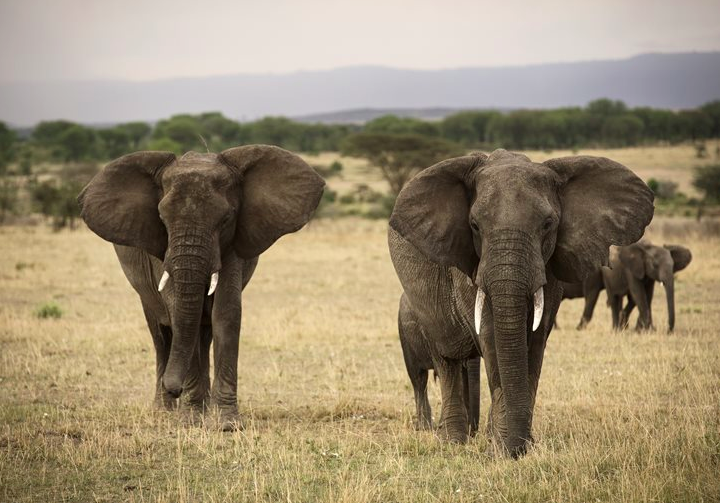
While Tanzania’s elephant population has taken a major hit in the past five years, this area provides a safe haven for them (photo: Asilia)
Optional Add On:
Dates: 17-19 August
Price: US$1600/person sharing
17 August: Fly from Kimondo Camp to Shu’mata Camp at the foothills of Mount Kilimanjaro and spend some time exploring this beautiful region. This camp is linked to the Momella Foundation. 2 night stay.
19 August: Return transfer to local airport for your flight to Kilimanjaro Airport.
Why did I choose these camps?
Firstly, they are in the best areas for us to experience a private and outstanding wildlife experience during the Great Migration. There’s nothing worse than lining up behind a dozen minivans at a cheetah kill, which is unfortunately what you get if you go to the reserves in peak season in East Africa. With my groups, I opt for exclusivity and the optimum wildlife viewing experiences, in a safe pair of hands. My ground operator for this outstanding safari is Asilia, which I know I can rely on to provide excellent service, beautiful boutique style tented accommodation and local guides with an intimate knowledge the local wildlife. On top of that, Asilia is a company known for what it gives back to local communities, which directly supports conservation. Read more about Asilia’s positive local impacts here.
Contact me to register your interest in either one (or both!) of these safaris now and I look forward to sharing this amazing adventure with you!
Limited Places Left on my 2016 Safaris (& a sneak peak at my 2017 safaris!)
I’m getting very excited about my upcoming safaris in 2016, which are set to be in some of Africa’s most spectacular wilderness areas! As always when you book with Matson & Ridley Safaris, the whole experience are specially hand-designed by me every step of the way to ensure that your hard earned dollars are spent as ethically as possible, to maximise benefits flowing back to African people and their wildlife. And of course, I choose the areas and camps I want to go to based on the best I can find in terms of wildlife experience, exclusivity, camp feeling and local culture – so you get a mind-blowing African journey that will change your life. Most groups I take are between 8 and 12 people, so you get to know people really well. Imagine yourself spending time with like minds on the savannah while watching elephants and then spinning a few yarns under the starry night sky by the campfire later – life doesn’t get much better really!
I have a few spots for my safaris left in 2016, but don’t wait to grab your spots as these have to be booked this year.
Kenya’s Maasai Mara in the green season, including a private visit to Daphne Sheldrick’s elephant orphanage
20-27 Feb 2016.
Up to 7 places left, but time is very limited to sign up for this trip as you only have until THIS FRIDAY! Check out my photos from last year’s trip. An unforgettable journey – I can’t recommend this area highly enough!
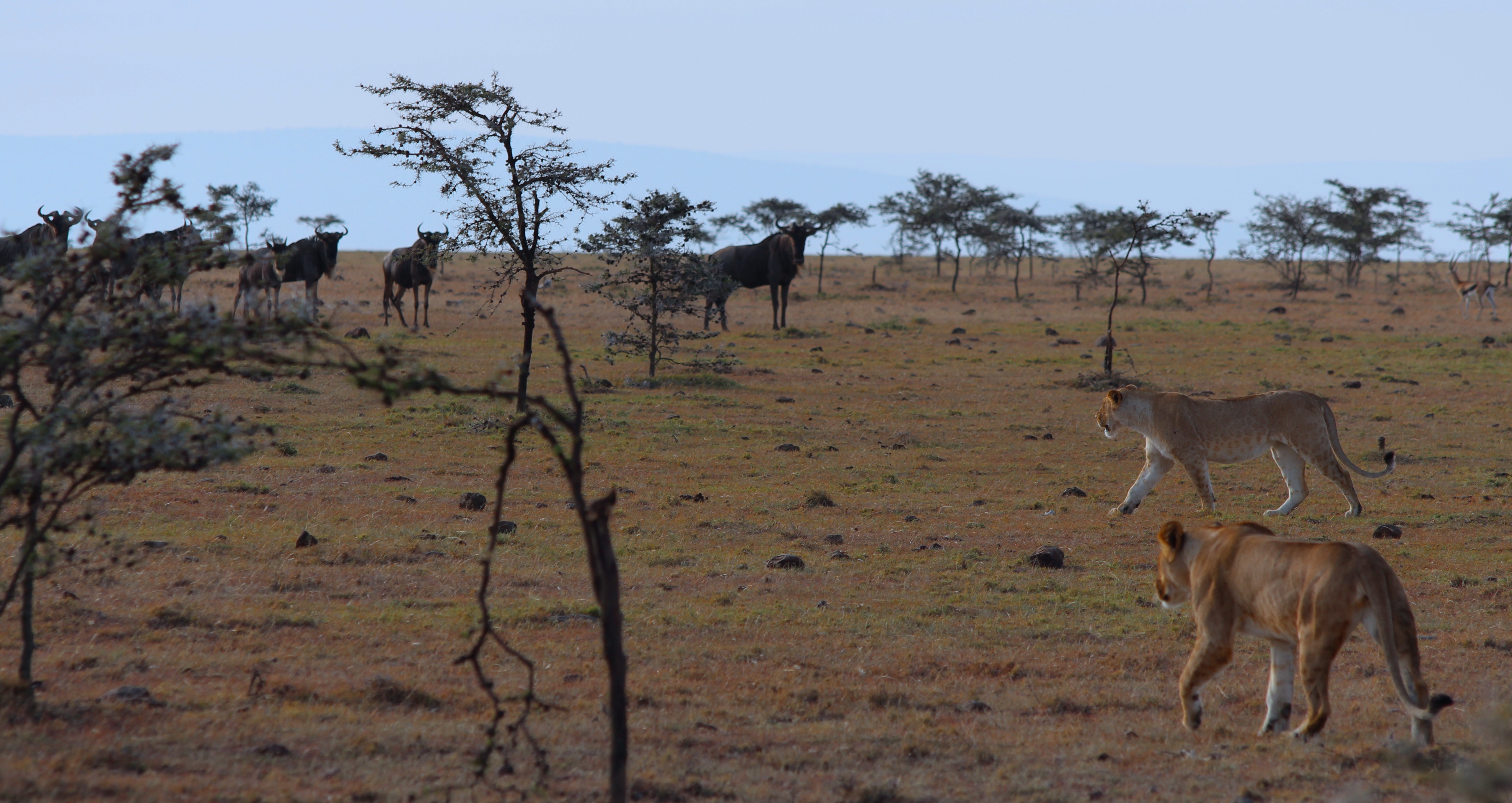
Lions thinking about chasing some wildebeest – a virtual buffet in the Maasai Mara (photo: Tammie Matson)
Namibia’s Skeleton Coast – Himbas, desert elephants & dunes!
20-27 May 2016.
Only one spot left for a single female!! Check out my photos from this year’s trip to Namibia.
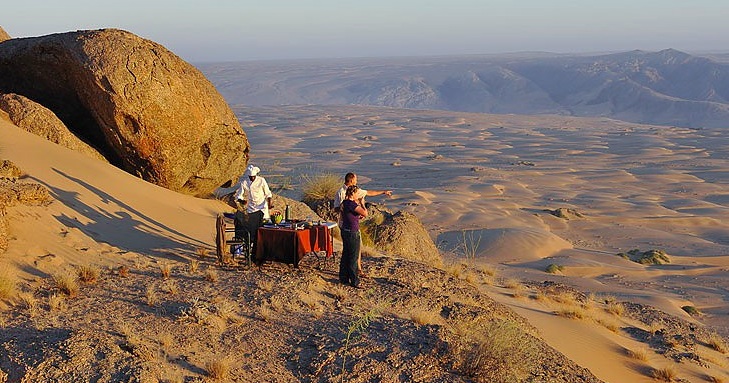
North West Namibia – one of the greatest wilderness areas left in Africa (photo: Wilderness Safaris)
Zimbabwe – Hwange, Mana Pools and Victoria Falls!
23-30 September 2016.
Only 3 spots left! This trip is different to the one I advertised previously as it focuses only on northern Zimbabwe. We are going to some of the most wildlife rich areas in Africa – an unbeatable nature experience at some of the most gorgeous camps in the country. Contact me for the itinerary.
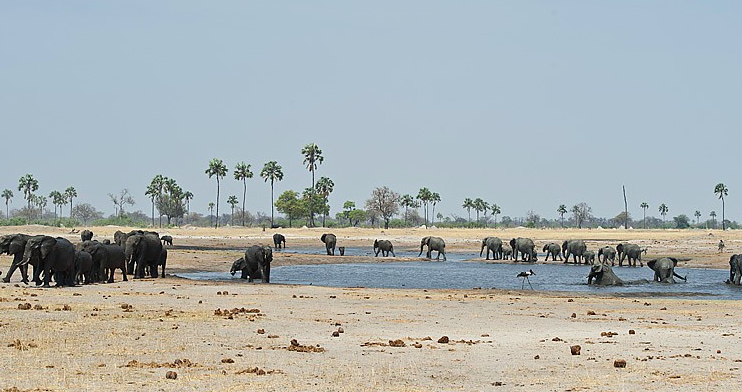
Elephants congregate in abundance in Hwange National Park, Zimbabwe – one of my favourite parks in Africa (photo: Wilderness Safaris)
My 2017 Safaris
Shortly I’ll be releasing the details of the conservation safaris I’ll be leading in 2017. I can share at this stage that there will be two back-to-back ethical safaris that you can join either one of or both during August 2017. The first, starting on 8 August 2017, will be to Rwanda to experience the incredible Mountain Gorillas up close and personal. The second starting 5 days later, is in Tanzania, exploring the great plains of East Africa’s Great Rift Valley, first at Ngorogoro Crater and then onto the world famous Serengeti, during the height of the wildebeest migration. There will be an add-on adventure at the foothills of Mount Kilimanjaro for those who are keen to continue the journey after the Serengeti! Full details of both of these adventures will be in a blog very soon, but do drop me a line if you’re keen to register your interest…
Price reduction for Kenya & special deals on Botswana!!
Kenya and Botswana are two of the most amazing wildlife destinations in Africa, but they do come at a price. If you’ve always wanted to travel to these countries, you can save a lot of money by going in the green season.
Today I can announce a great saving on my Kenyan safari from 20-27 February next year. I’m taking a small, intimate group of adventurers with me to the world famous Maasai Mara in Kenya, following a visit to the wonderful elephant orphanage run by Dame Daphne Sheldrick in Nairobi, staying in the best areas in communal conservancies that directly benefit local Maasai communities. I still have a few spots left and I’m offering them at a reduced rate if you get in quick!
Price now reduced to US$5000/per person sharing!! Contact me now for the full itinerary. This saving is only valid for the next two weeks til 6th November, so get in quick for this special last minute rate!

Our group watches an exhausted male lion (in between a week of mating every twenty minutes) – photo taken on my group safari July 2015
Check out my photos from the Maasai Mara in July here – it’s spectacular! Our trip in February is during the green season which is just beautiful and full of baby animals….
And there are some great deals going in the Okavango Delta if you can travel between January and April next year. Consider going on a 6 night safari at prime Wilderness Safaris explorations camps in this world heritage area for just US$3,499/person sharing (valid for travel between Jan-April, set dates). This is a great saving in one of the most wildlife-rich parts of Africa, and much less expensive than going in peak season. But availability won’t last so get in touch quickly if you’re interested.
For information on special deals in Botswana or to sign up for my Kenyan safari in February at the reduced rate, get in touch with me now!
Why Elephants Matter
One of the most enjoyable things I get to do as a zoologist is talk to kids about elephants. Kids give you instant feedback. There are no inhibitions, just a whole lot of questions, and when it comes to elephants, frankly, kids just get it. You don’t have to convince children to appreciate and want to conserve animals. They simply don’t understand why you wouldn’t want to. I get questions like, “Why don’t people do something else to get money other than kill elephants?”, “Why don’t we just leave the elephants to be in the wild?”, and “Why do people buy ivory instead of some other kind of jewellery?” All brilliant, simple questions that make you wonder why we grown ups are such damned idiots. The kids of today will inherit the legacy of our action – or inaction – and we need to remember that.
What happens to us as we grow up? Do we forget how much we loved animals as kids? Other things become more important, and the magic of the animal world becomes secondary to earning a living, buying the latest iPhone and upgrading the family car. I’m not criticising. As a mother of two, I know how tough it is to make ends meet and raise a young family. But every so often, I’m lucky enough to get a reality check by the young people who attend my talks on elephants, who remind me, as my own kids often do, what’s really important.
Many people don’t understand why elephants are so vital to conserve, why they’re considered a ‘keystone’ species in ecosystems. It’s not only because they are naturally the ‘gardeners’ of the forests and savannahs, having a major role in shaping habitats, they are also integral in dispersing and germinating seeds, and providing other animals with food and water and salt. A recent study also showed reptile and frog diversity is higher in areas with high elephant activity. They matter ecologically. Their dung is like pure rich fertiliser and is a great food source in itself for many animals (because much of what they eat is undigested). The habitats elephants live in would look completely different without them there. And of course, there is the intrinsic value of elephants. What would the world be without them? The deserve to be here as much as we do!
I’ve just returned from a whirlwind week of talks on elephants in Singapore and Melbourne where the importance of conserving elephants has been a key topic. I combined the Round Square Conference (hosted by United World College, Singapore) for 1000+ high school kids and their teachers from all around the world, with about 400 passionate Aussies marching at the Global March for Elephants and Rhinos in Melbourne, and snuck in a session talking elephants at the Singapore Botanical Gardens and a showing of the LEBE film at the University of Melbourne (hosted by A Future With Elephants) while I was at it. Here’s a few photos showing the highlights.
Special thanks to Belinda Duffield-Torr who helped fund my visit to Melbourne and organised the Melbourne March, Susan Edwards and the amazing team from UWC who arranged for me to be one of the speakers at the Round Square conference, Mandy Heng, Vilma d’Rozario and Winnie Wong who made my talk at the Singapore Botanical Gardens happen, and Evan Bitner for organising the film showing by A Future With Elephants. Thanks to everyone who showed up and added their two bobs worth to the discussions!
One of the most inspiring things of the week for me was when two small boys, aged 7 and 9, presented me with a cheque for our LEBE campaign. Sammy, the younger of the two, had been to my talk on elephants at his school, UWC in Singapore, about a year ago, and had been so inspired to help that he raised $500 among his family and friends! This is the sort of thing that makes me believe that wildlife has a future in the world and it just goes to show that anyone can do something for wildlife. You don’t need to be a pro!
If you’re interested in having me as a speaker about elephants at your school/business/club, please get in touch with me here.
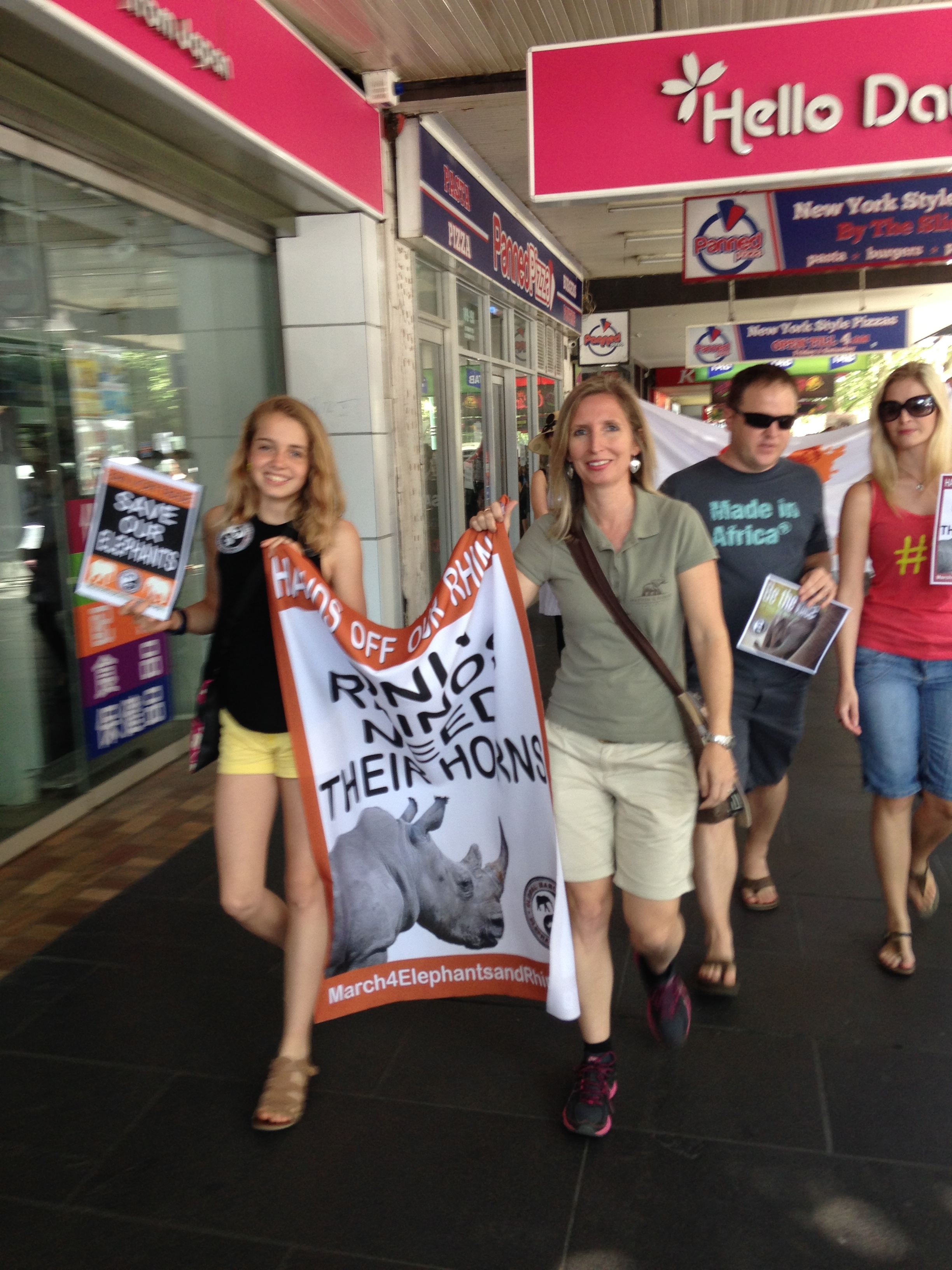
With the fabulous elephant warrior, 14 year old Alice Bertram, who joined me as a speaker at the Melbourne March For Elephants and Rhinos on 4th October
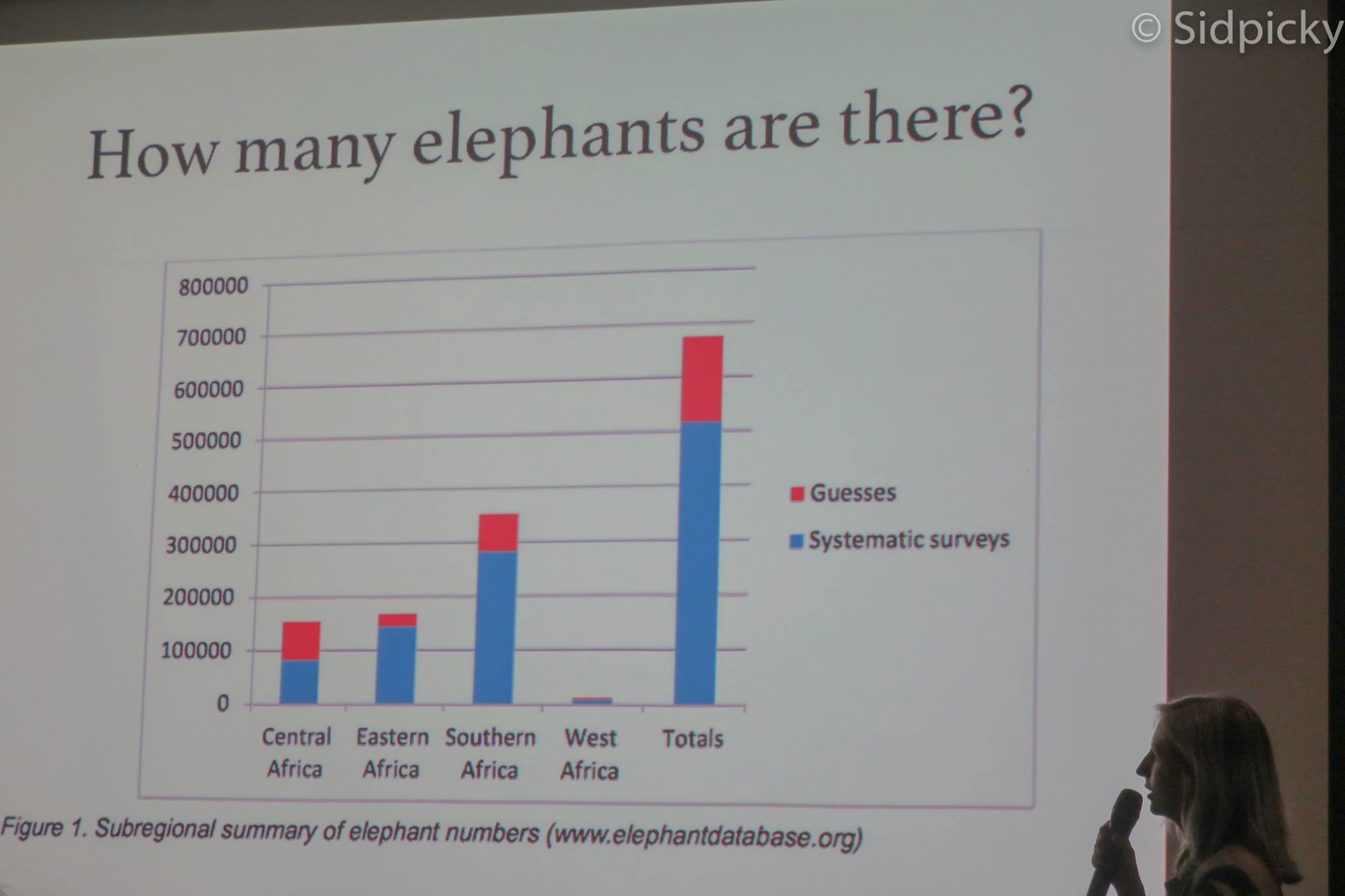
How many elephants are there in Africa? Photo credit to Sidpicky (thanks Sid!) from my talk at the Botanical Gardens in Singapore
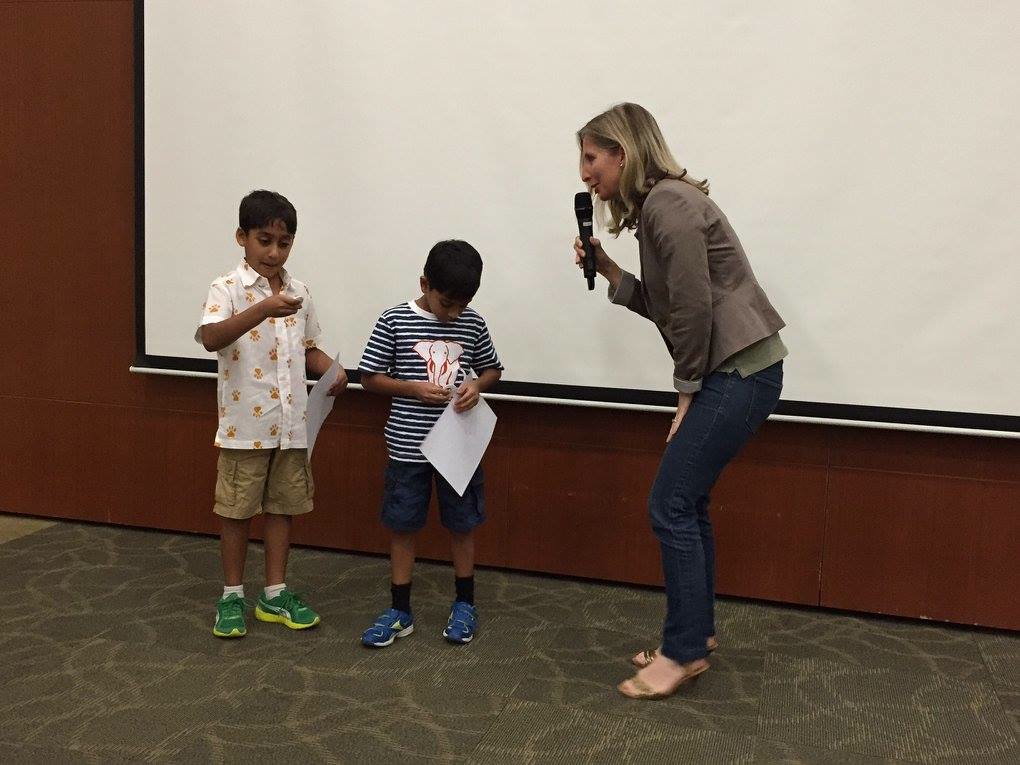
Sammy (right) and his brother Vijay, with me after my talk in Singapore. These boys are real conservationists in the making!
Big News in the Elephant World
In the world of elephants, it’s not often that you see conservationists celebrating. President Xi Jinping of China’s announcement on Friday last week that China will join the USA in enacting near total bans on domestic ivory trade is… I think… worth cracking the bubbly over. We don’t entirely know the detail yet, and there is no timeline, other than what was in the White House’s statement, which includes agreement between China and the USA to work together in “joint training, technical exchanges, information sharing and public education”. But this could be a winning combination.
It will of course take some time to see the effects of these Presidents’ commitments, but this is definitely a big step in the right direction and with President Xi Jinping publicly declaring his support, surely this should make it a priority for Chinese policy. This is most significant because China is the world’s largest consumer country for ivory, representing about 70% of the trade, with the USA coming in second. With these two Presidents clearly stating their position that ivory trade will not be tolerated, this sets a precedent that other countries can now follow. Other south east Asian countries like Malaysia, Vietnam, Philippines, Singapore, Hong Kong and Thailand, also play key roles in the illegal trade, either as consumers or transit countries for illegal ivory.
In the last year or so we’ve seen several big players in the ivory trade undertake ivory stockpile crushings (the governments of the Philippines, Hong Kong, the US and China being a few). While this doesn’t really do anything to stop the trade, it does send a strong message that these governments are committed to ending the bloody illegal ivory trade.
Is the world turning a corner when it comes to ivory trade? Is the whirlwind of awareness raising starting to cut through in key consumer and transit countries for ivory? And most importantly, how long will it take for this to make a difference for elephants? Personally, I won’t be really celebrating until we start to see real population trends for elephants in the wild start to improve, and that’s certainly not happening yet. It was only a very short time ago that both Mozambique and Tanzania reported that at least half of their elephant populations have been poached in the last 5 years. Today, I feel cautiously optimistic, but we do need to keep the momentum up.
As I’m about to fly to Singapore and Melbourne for a week of talks on elephants, I’ve been investigating what the Singapore and Australian governments are doing to stop illegal ivory trade. In May this year, Singapore Customs seized their biggest illegal haul in over a decade, including $6 million worth of ivory. But we have yet to see any significant government ivory-related statements from either Singapore or Australia. When I met with Singaporean authorities last year to discuss this issue, I was informed that the Lion City would be crushing its official ivory stockpile shortly, but I haven’t heard anything since. In addition, with the strong influence that both southern hemisphere powerhouses have over other countries in Asia, particularly those that are struggling to get on top of this problem, I think both countries could do more to help this problem by exerting their influence in the region. It’d be great to see support from the governments of Australia and Singapore for countries like the Philippines and Thailand, to help them in the fight against illegal wildlife trade.
We know from the latest CITES report that the level of poaching of elephants is still unsustainable (and has been since 2008) – see the graph below. Anything above the red line is unsustainable (measured against natural population growth rates).
So elephants are far from being out of the woods. However, in addition to last Friday’s announcement from the White House, what also gives me some hope is that Wild Aid is starting to demonstrate some significant results from their Public Service Announcements in China, featuring the likes of David Beckham, Prince William and Chinese basketball player, Yao Ming, for both ivory and rhino horn. Wild Aid’s assessments suggest that awareness of this issue in China is improving (comparing 2012 to 2014), with a 51% increase in people surveyed realising that poaching is a problem and 90% of those who had seen the PSAs saying they would not buy ivory as a result. Read the report here.
Around the world on Sunday 4th October, hundreds of thousands of elephant- and rhino-lovers will congregate at the March For Elephants and Rhinos in 130+ cities. I’ll be marching and speaking at the Melbourne one, which has over 500 people coming. Melbourne residents can sign up to the march on Facebook. Anyone can sign the petition put together by the March organisers to encourage the Australian government to go further – click here to sign.
For those who want to learn more about the illegal ivory trade, please also come to watch the ‘Let Elephants Be Elephants‘ film and hear the latest from me on elephants the day before in Melbourne (this Saturday at 11am). You can RSVP here (where there are also full details of time and venue on Saturday). Singaporeans can join my talk at the Botanical Gardens this Friday at 4pm (full details here). It’s never been so important to keep the momentum up and show the world that we care about elephants and rhinos and will not stand by while they perish on our watch. Let’s all stand together and encourage all governments to follow the lead of China and the USA and commit to ending the illegal ivory trade!
Namibia: the land God created in anger
It had been a few years since I’d been back to Namibia, the desert land where I studied black-faced impalas for my PhD, later planning a reintroduction for the subspecies to their historic range in the far north west. Namibia is also where I went on to start my work on elephants, working with the San Bushmen in Nyae Nyae Conservancy to help alleviate human-elephant conflict over water. Namibia will always have a special place in my heart, and it gave me a great grounding in the how-to of practical conservation. It’s also a great place to go on safari, being easy and safe by African standards, and having the most astounding landscapes, fascinating cultures and unique wildlife, unlike anywhere else.
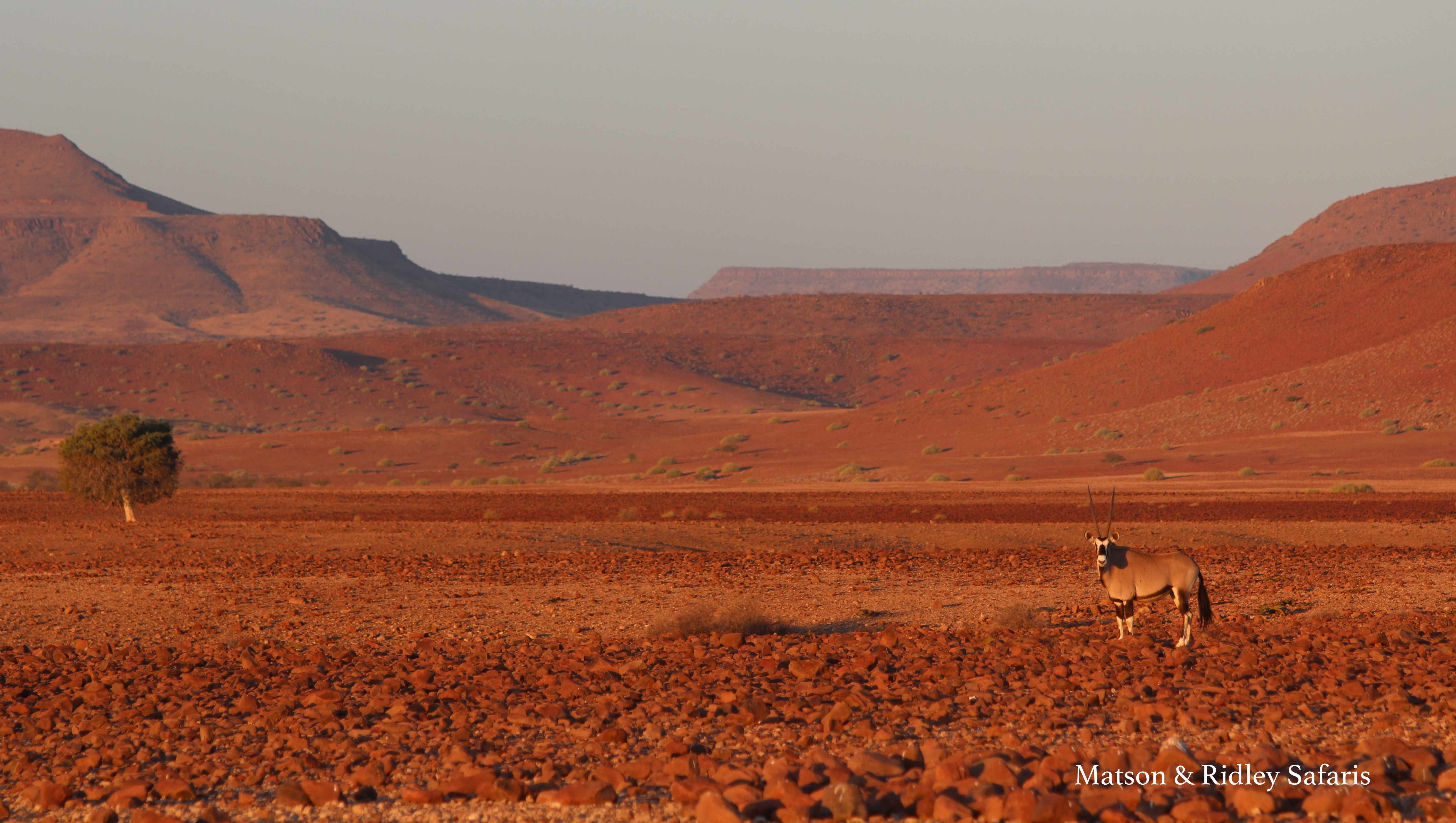
Oryx in Palmwag, Damaraland, near Desert Rhino Camp, a ecotourism partnership between Wilderness Safaris and Save The Rhino Trust, that also benefits 3 local communities.
I believe Namibia is one of the best countries in the world in terms of innovative, practical conservation, largely because of their highly successful community-based conservation efforts, centred around the communal conservancies. There’s no better place to visit than camps like Doro !Nawas Camp, Damaraland Camp, Serra Cafema Camp and Desert Rhino Camp, if you want to see how engaged local communities get when they have genuine ownership over their natural resources. It’s not only the fact that you have locals running these camps, as managers, waiters and guides – it’s the warm feeling you get from the staff, who are not just employees but owners and landlords.
I had a fantastic group of people on safari with me this time, mostly expats from Singapore of Dutch, Indian and American backgrounds, as well as a representative Aussie and a Kenyan! They were all up for an adventure, and that’s certainly what Namibia provides. Flying over the vast landscapes is half the experience, seeing the dune shapes from the air and if you’re lucky, seeing flamingoes and seals along the coast!
We kicked off the safari at Kulala Desert Lodge, the closest camp to the famous Sossusvlei area in the Namib Naukluft Park. I was delighted to find that my research assistant, Munekamba (now known as Ati-Sari), who helped me on my black-faced impala studies in north-west Namibia, is now the manager at Kulala Desert Lodge. If you’ve read my second book “Elephant Dance” you’ll remember the story of the two bull elephants standing over my tent while my assistant looked on from his roof top tent – well, that was Munekamba! After we worked together I introduced him to the managers at one of the Wilderness Safaris camps, and he’s done so well that he’s now managing one of their busiest camps. I’m stoked to say Munekamba saw his first elephant with me back in 2006 – and it was standing over my tent at the time!
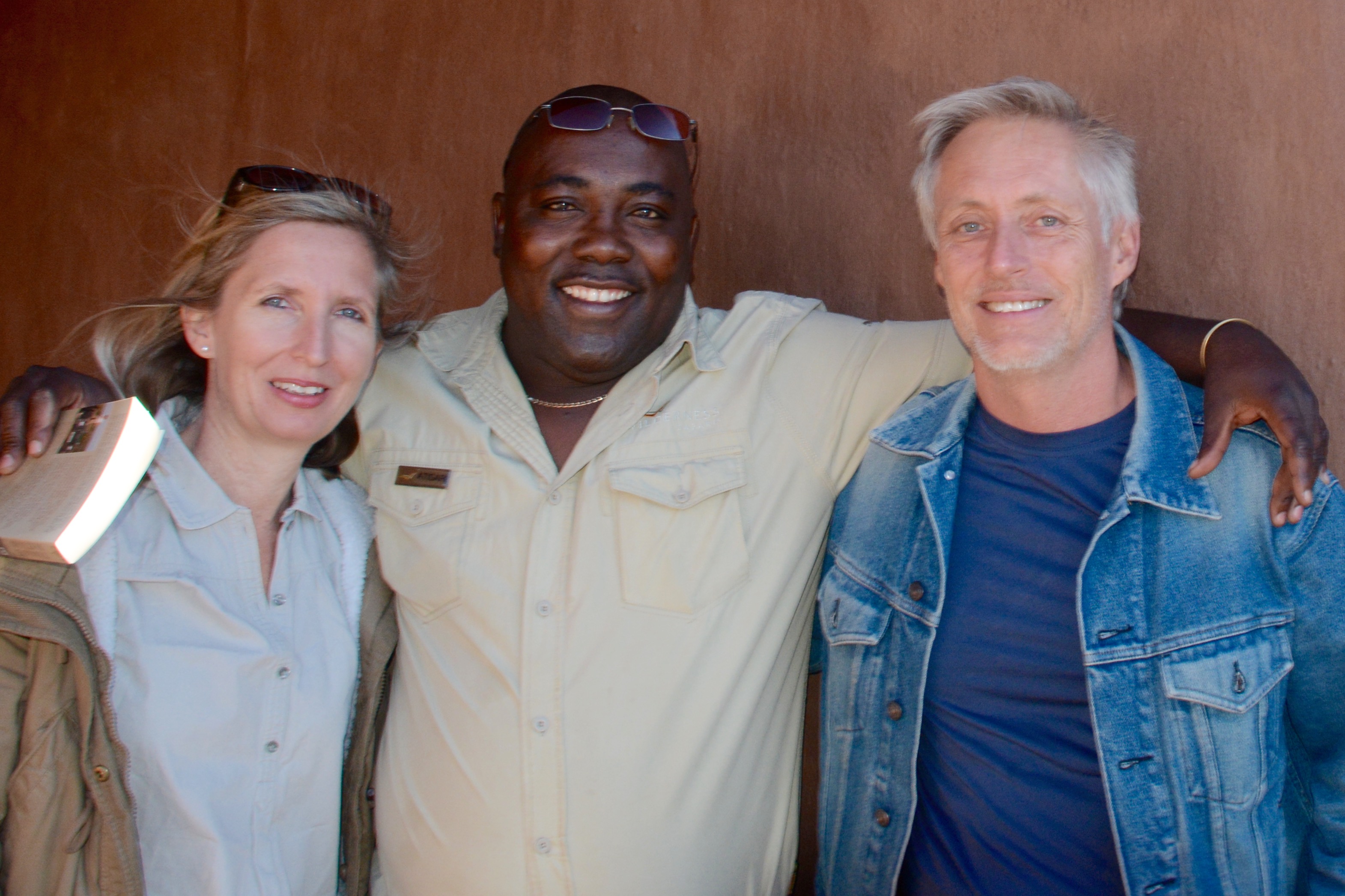
Me with Munekamba, my former research assistant, now known as Ati-Sari as manager of Kulala Desert Ldoge, and my Aussie guest, Robert Livingstone-Ward, who took the most incredible photos (check them out on Facebook – and this one above is also from his camera)
Kulala Desert Lodge is a great place to explore the Namib from. If you want, you can actually sleep on the roofs of the gorgeous chalets, star gazing from your bed as you drift off to sleep, however it wasn’t the best night for it for one of my group, Robert, as during the night a sand storm blew in and he had to make a quick departure inside! It was a wild morning in the dunes, as the more adventurous among us climbed the dunes, being literally blown right off their feet as cyclonic winds whipped across the desiccated landscape.
At Dead Vlei however, it was perfectly calm, somehow protected from the winds by its sunken position. We discovered several fascinating species in the Namib, including the white lady spider and a horned adder at Sesreim Canyon, plus a wonderful spotted eagle owl in a tree near where we stopped for coffee, all well spotted by our excellent Wilderness Safaris guides. But to me it’s always the oryx that steal the show in the Namib, these magnificent antelopes with their black and white markings and sharp, straight horns that make them stand out so strikingly against the pastel colours of the mountains.
Then it was off to Desert Rhino Camp at Palmwag in Damaraland, a place of incredible red, rocky, mountainous landscapes, and home of rare black rhinos who munch on toxic milk bushes (Euphorbia damarana), springbok and oryx, kudu and many more desert- adapted creatures. If the Namib is like landing on the moon, then Damaraland is like going to Mars. Here were were lucky enough to experience spotted hyaenas at a den, including two very young ones who walked right up to our vehicles with not a care in the world.
We joined the Save The Rhino Trust trackers on a walk to see a black rhino they had found earlier that morning, a bull known as “Don’t Worry”, who had been dehorned as part of a Ministry of Environment and Tourism initiative to reduce poaching in Damaraland. It never feels right to me to see a rhino without its horn, and I worry about the ability of the rhinos to defend their young against lions and conduct normal behaviours without this natural appendage. Sadly, there is evidence that poachers will still kill dehorned rhinos for the small amount of horn left below the skin, because of its high value on the illegal market in Vietnam.
There was lots of discussion around the campfire about rhino conservation, and a recurrent theme was the issue of legalising the trade in rhino horn, which seemed to be a popular idea among all the Namibian wardens, guides and rangers I spoke to. Many people in Namibia feel that they should be benefiting from the horns, not the criminals involved in the trade, or that the sales of horn could support rhino conservation. While this makes sense to me, I can’t imagine how wild rhinos, with such low populations today, and continuing to decline at 1000+ per year, could sustain a market in Vietnam, with its growing population of 93 million+ and increasing wealth. In Africa, a single horn can fetch three year’s worth of a local person’s monthly salary, so there are very real incentives for good guys to sacrifice conservation for economic motivation. We have to continue to support anti-poaching efforts in Africa, but I’m more convinced than ever that reducing demand in Vietnam is the most effective weapon we have to stop the slaughter. That’s why I think awareness campaigns in Vietnam (like Breaking the Brand) need much greater support, targeting the elite audience who are buying it. This battle cannot be won in Africa alone.
Desert Rhino Camp is a partnership between Wilderness Safaris and both Save The Rhino Trust and 3 Damara communities surrounding the Palmwag concession. Going there is truly supporting conservation because what you pay to visit directly supports the 3 communities and pays for the trackers to protect the rhino every day in the concession. I love examples of genuine community-based conservation like this, based on sound economic principles. And quite besides the feel good factor of going there and knowing the contribution you’re making makes a real difference, which the staff remind you about all the time by thanking you at least three times a day, the feeling in this camp is just magical. The staff sing and dance every night (and boy, have they got rhythm!), and on our last night they arranged a surprise starlit dinner out in the bush, something that me and my group will never forget. It was the highlight of our Namibian journey.
Finally it was off to see some big animals up close at the Ongava Game Reserve, right next to Etosha National Park. For me this is really home territory as I was based there for two years in a battered old caravan at Okaukeujo research camp while collecting data on black-faced impalas for my PhD. This part of the world is really fantastic in terms of wildlife in September, the dry season, because you get the big concentrations of animals at the waterholes, and on this front it didn’t disappoint. You can simply sit at a waterhole for hours in Etosha at this time of year, just watching the hundreds of animals come and go.
We also spent some time with mating lions in Etosha, walked up to white rhinos at Ongava and shared a cup of coffee at Okaukeujo waterhole with my old friends, Shayne Kotting (MET warden, Okaukeujo) and Birgit Kotting (MET, head of the rhino custodianship program).
I’d like to thank Dr Julian Fennessy of the Giraffe Conservation Foundation for giving us a talk on the plight of Africa’s giraffes on our first night in Windhoek and for joining us for a fun night at Joe’s Beerhouse afterwards. Julian really opened our eyes about the increasingly worrying state of Africa’s giraffe subspecies, and watch the IUCN red list this year which is likely to suggest that quite a few giraffe species are more endangered than we realised.
Thanks also to Abigail Guerier at Ongava Research Centre for the fascinating talk at Ongava on our last day on her work on the genetics of white rhinos. Fascinating to learn about the complex life histories of these prehistoric giants. Let’s just hope they are around for our children to see!
All in all, it was a fantastic life-changing journey, one that I certainly won’t forget, and I hope that all who joined me are now great ambassadors for the cause of conserving Africa’s wildlife. If you’re interested in joining my next Namibian adventure, contact me to sign up for an odyssey in to the ruggedly beautiful Skeleton Coast from 20-27 May next year, limited to 10 people and already half full. And last but not least…
Finally, a very big thanks to Susan van der Vloodt, who brought most of her family and friends along on this magical journey. There’s nothing like sharing an African experience with the ones you love, and for me it’s a real privilege to share Africa with others who love being there as much as I do!
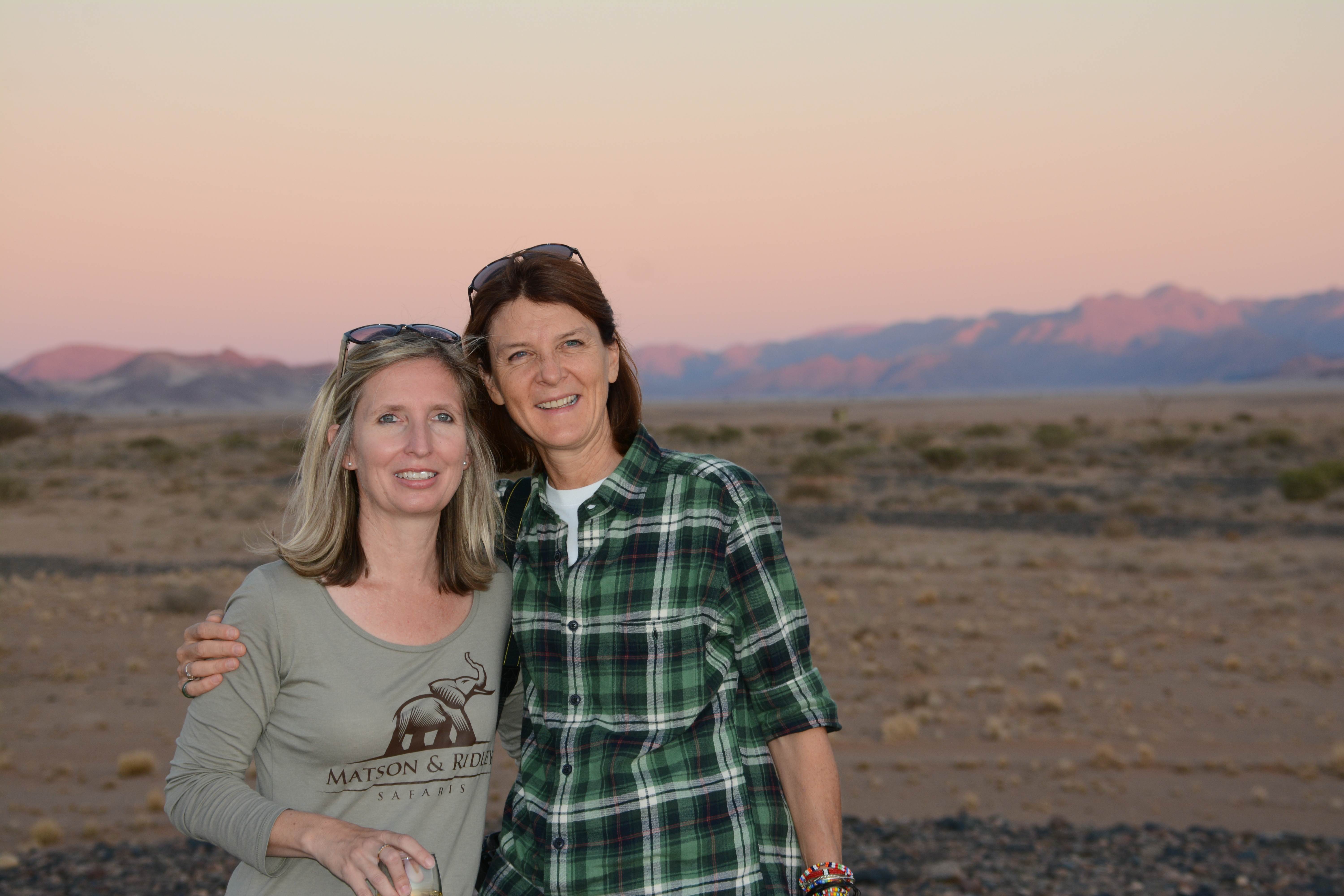
The author with Susan van der Vloodt at sunset in the Namib (thanks Robert Livingstone-Ward for taking this photo)
To see more photos from our Namibian journey, you can like our Matson & Ridley Safaris Facebook page by clicking here and pressing ‘like’.

